Introduction of Places to Explore in Canada
To be honest, I didn’t know the second-largest country could feel this big. Canada is seriously filled with so many natural wonders, it’s hard to pick just a few. The whole country is crazy beautiful and full of surprises. Every spot I visited gave a different vibe. Some were peaceful, some wild, all of them totally worth exploring.
Making a list of my favorite spots felt like a real challenge. There’s just too much to choose from. This world has a lot, but Canada hits different. You just gotta see it yourself. I mean, come on… the views? Next-level. Every place I went felt like it came straight out of a painting — super scenic, sometimes even extraordinarily scenic.
I remember the time I started planning my trip. I thought I could cover everything in a week. Nope. Not even close. There’s always another place to go, another trail to walk, more beauty to find. That’s why I wanted to share this. Maybe it helps you find your own favorite corners of this extraordinarily amazing land.
Yellowknife/Northwest Territories
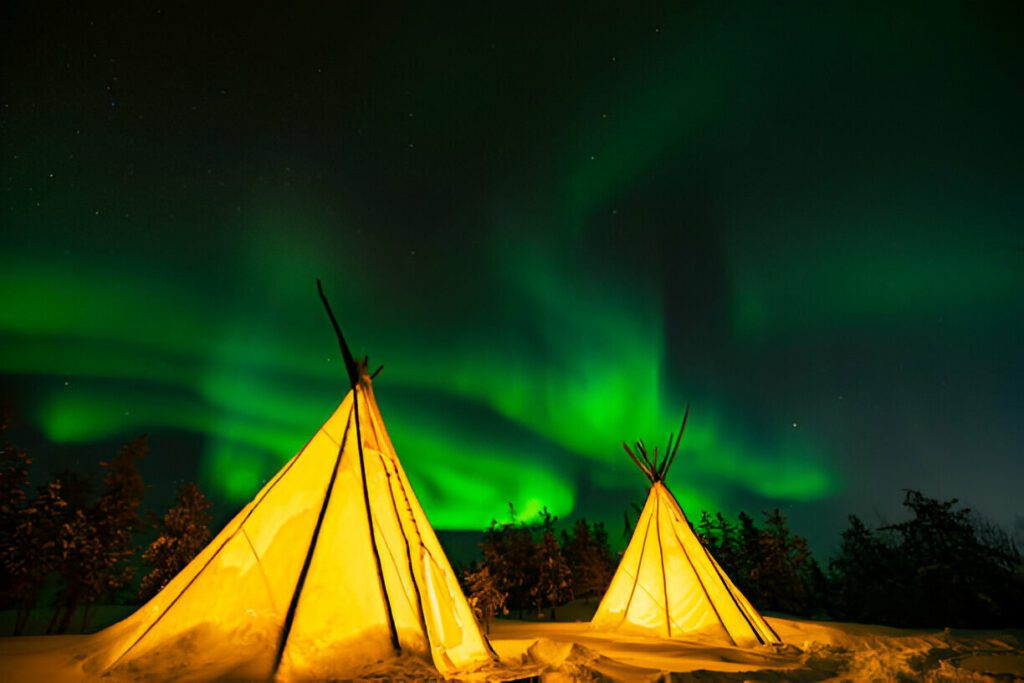
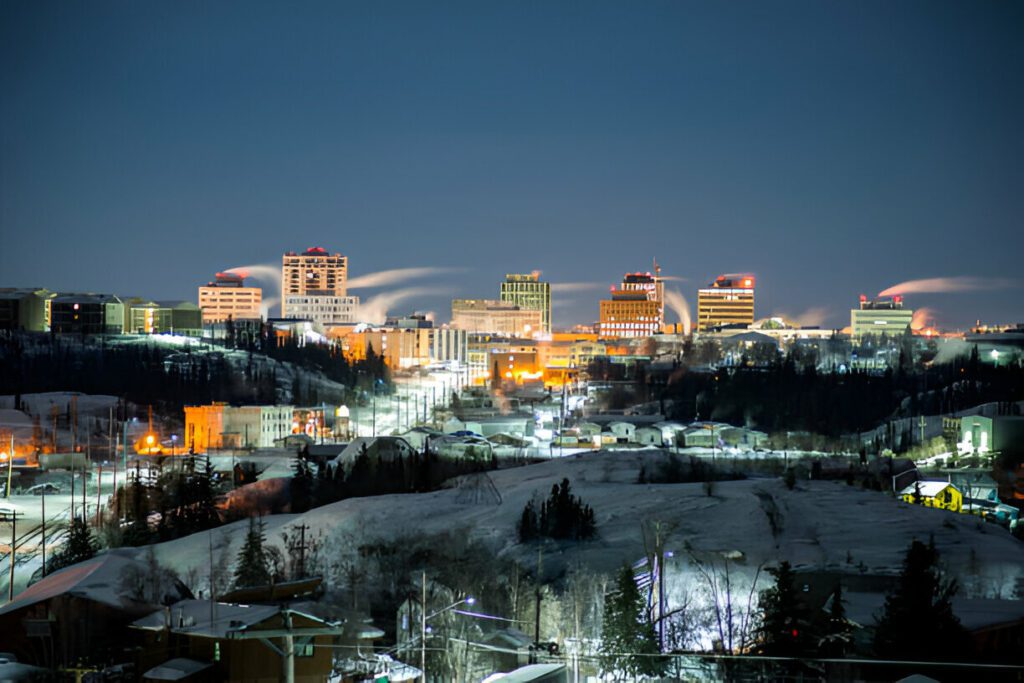
This remote and vibrant city was where I finally saw the Northern Lights. No joke, it felt unreal. The sky lit up like magic. Yellowknife is the capital of the Northwest Territories, and honestly, it was a stunning and unique spot. There’s a striking blend of rugged Arctic landscapes and quirky modern architecture, which gave it a really cool mix of old and new. I also loved the frontier spirit and the strong sense of community. The people there? Super friendly.
The city sits in the northern part of the country and was founded in 1934 during the gold rush. It’s now a governmental hub and a cultural hub with a small population of around 20,000. One of the best things? It’s located right under the auroral oval, so it’s one of the best places in the world to catch the aurora borealis dancing above your head.
I took a two and a half hour flight from Vancouver and stayed for four days at the cozy Great Slave Lakeside Bed & Breakfast. I saw the lights from Aurora Village, which was totally breathtaking. I also checked out the Prince of Wales Northern Heritage Centre to learn more about the history and see amazing indigenous art.
Other stuff I did? I went snowmobiling on the Great Slave Lake (so much fun), snowshoed the scenic Frame Lake Trail, and browsed around Old Town. The quirky shops and cool waterfront restaurants made the whole experience even better.
- Address: Northwest Territories, Canada
- Location Map
- Best time to visit: early September to mid-April (for the Northern Lights)
My highlights…
- Visiting the wild and fun Snowking Castle, which is built every November on the frozen Great Slave Lake. The artistic ice carvings were insane, and sitting in the ice café with a mulled rose wine? Next-level cozy.
- Stopping by Old Town Glassworks was a treat. The place had eco-friendly, recycled glassware made by local artisans, including some wild beer bottle lamps — so awesome I had to take one home.
The Rockies
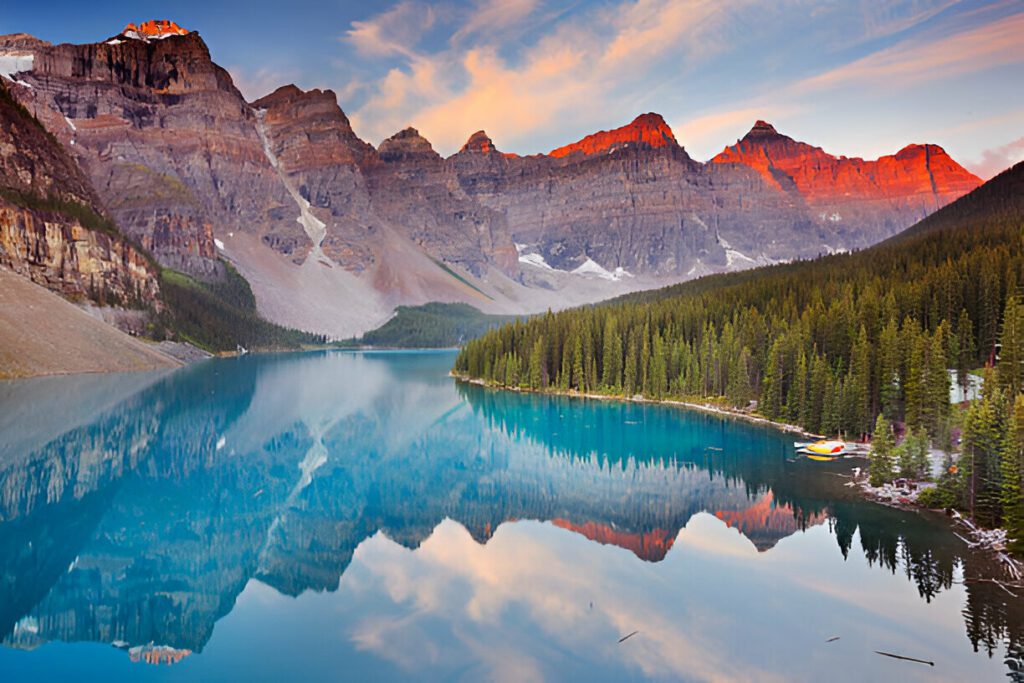
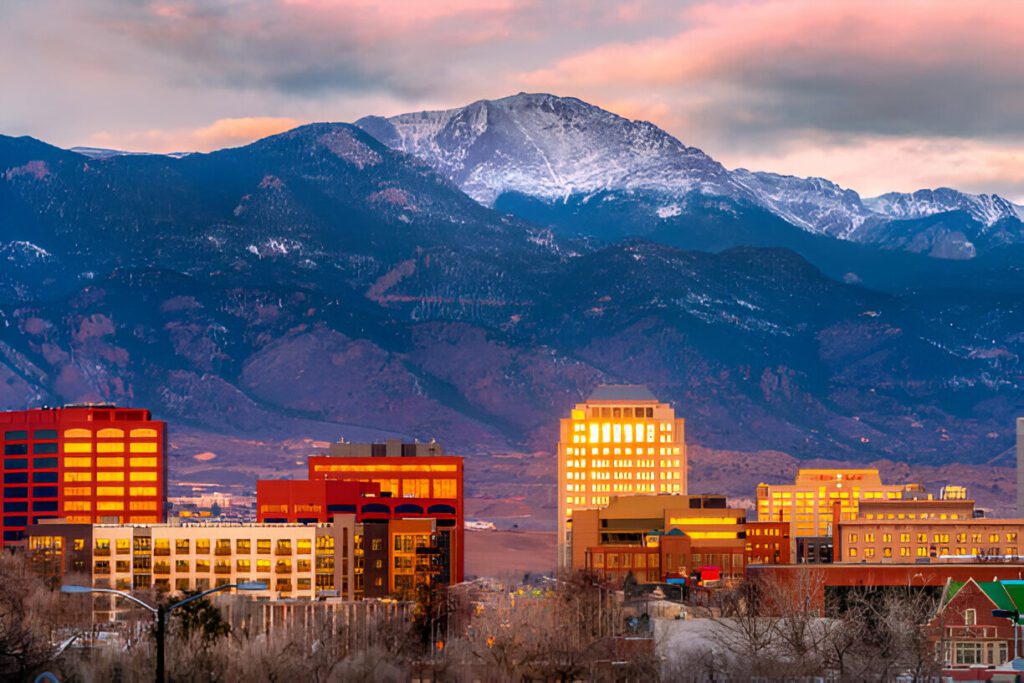
I gotta say, The Rockies hit different. This world-famous mountain range was wild, bold, and full of views that felt unreal. The rugged vibe and breathtaking sights made it one of the top spots I’ve ever been to. When I saw those dramatic mountain peaks and pristine lakes sitting under the clouds, I just stood there like… wow. The whole place had this strong, adventurous atmosphere that pulled me in.
The range stretch across about 3,000 miles, from the northernmost part of British Columbia through western Canada, down into the United States to New Mexico. The highest peak is Mount Elbert, sitting at a wild 14,440 feet. These mountains are huge, no joke.
What made this trip special was the mix of quaint charm, raw rugged beauty, and straight-up luxury. I spent a week there, mostly based around Banff National Park and Jasper National Park. I stayed at this Insta-worthy place called Penthouse At Solar A Resort and Spa. Picture a view of trees, calm air, silence — everything you need. I went hiking through stunning trails, and I explored the incredible Icefields along the Icefields Parkway. Soaked in natural hot springs, tried skiing near Lake Louise, and even visited small mountain towns like Canmore and Golden.
This part of the Canadian Rockies includes five national parks — Banff, Jasper, Yoho, Kootenay, and Glacier National Park. Each one has its own scenic beauty, and they’re famous around the globe. I went during July and August, and the weather? Super chill.
One night, I stayed at this mountain-chic 4-star hotel called MTN House By Basecamp. The guest room had Scandi-style beech wood and a Nespresso Vertuo machine — kind of a flex. Another top moment was riding the Rocky Mountaineer. I sat in their Glass-Domed Coaches, watched the panoramic views of the surrounding mountains and forests roll by. Stepped out on the Outdoor Viewing Platform, took a deep breath, and just felt lucky to be alive.
Later, I had dinner on board in their upscale dining cart and tried the locally foraged Wild Mushroom Risotto. It totally blew me away.
- Address: Banff National Park, The Canadian Rockies
- Location Map
- Best time to visit: July to August
My highlights…
- Chilling in the natural hot springs after a long hike — water was perfect, views were peaceful
- Watching the wild views from the Rocky Mountaineer, especially from the Glass-Domed Coaches — felt like something out of a movie
Vancouver Island
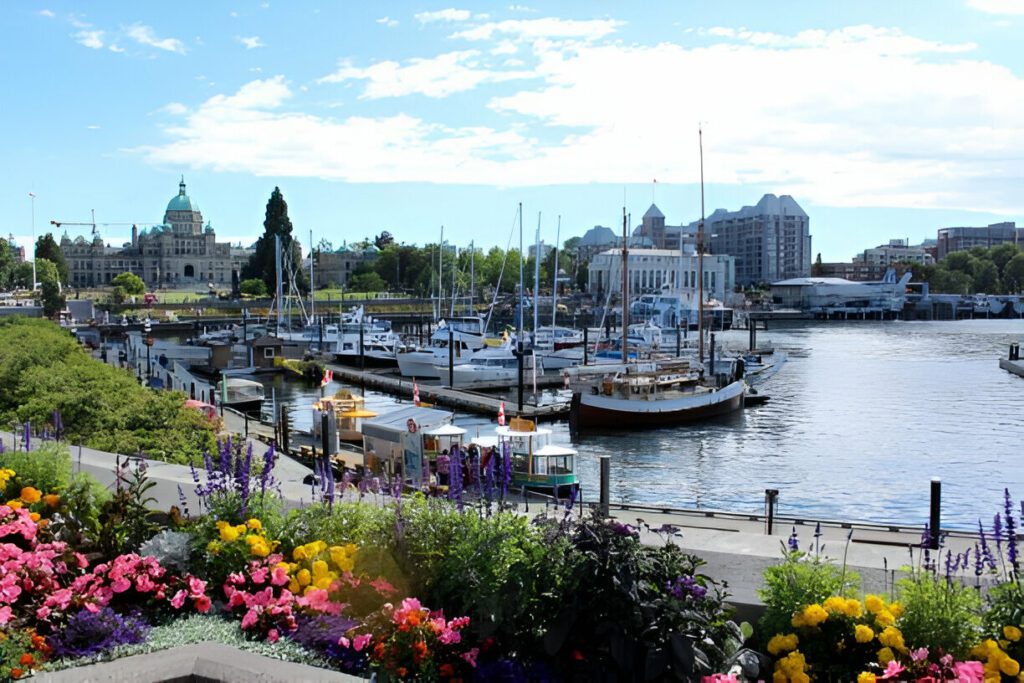
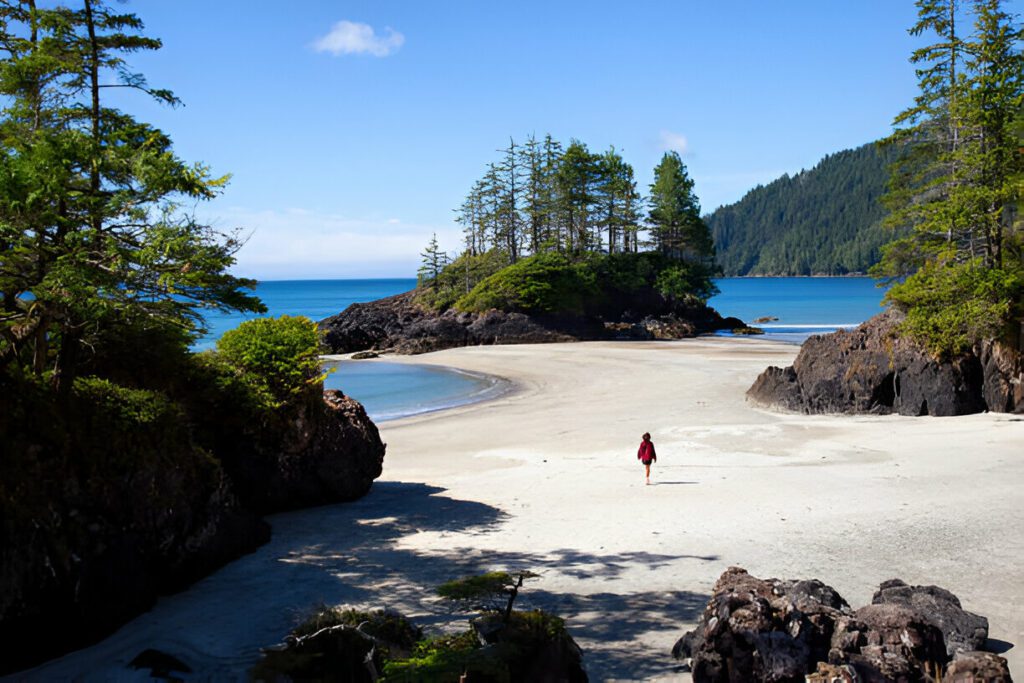
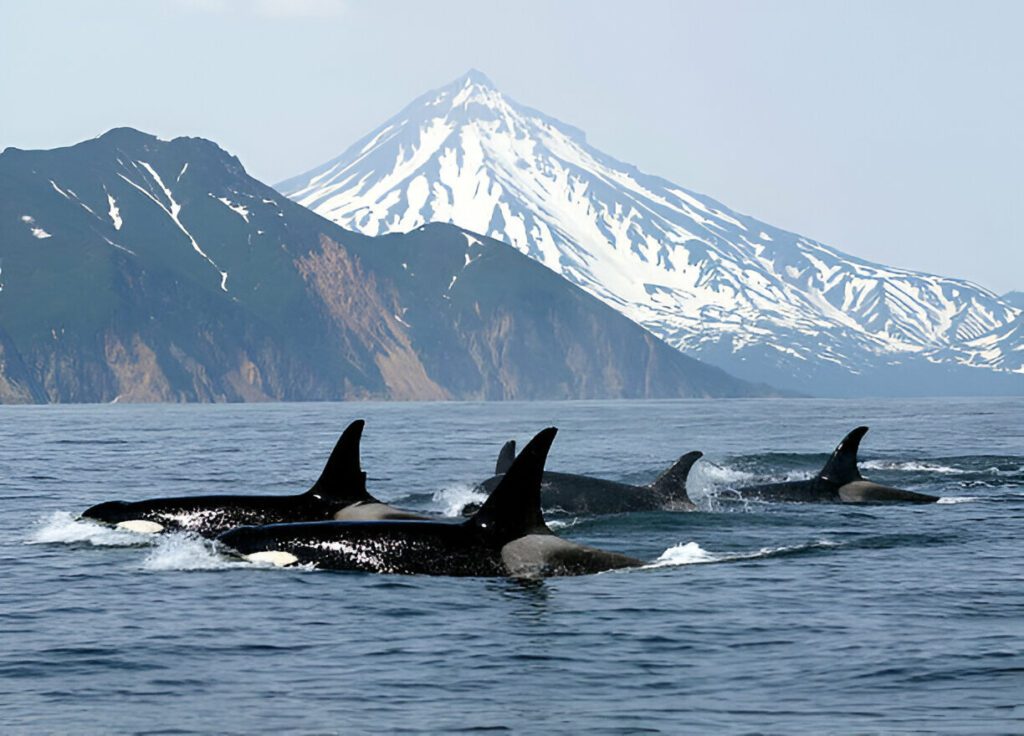
Low-key one of my favs — Vancouver Island is that kind of serene, unique, and atmospheric place where everything just feels right. It’s easy-on-the-eye with stunning rugged coastal cliffs, misty old-growth rainforests, and long sandy beaches that go on forever. The whole island has a cool, artsy feel. You’ll find bohemian-style communities, charming seaside towns, and even spots with real alternative vibes.
It’s the largest island on North America’s west coast, with a population of around 865,000. The history here runs deep — shaped by Indigenous groups like the Coast Salish, Nuu-chah-nulth, and Kwakwaka’wakw peoples, plus early European explorers. You’ll notice a rich mix of cultures all over.
I took a ferry from Vancouver and spent an idyllic week exploring. I stayed at the gorgeously located 4-star Long Beach Lodge Resort, close to the water, surrounded by nature. I explored charming streets, saw the historic Fairmont Empress in Victoria, and even swam in the wild waves out in Tofino. One morning, I hiked through the towering trees of Cathedral Grove — no joke, it felt like another world.
During the trip, I saw orcas and humpback whales in the Salish Sea. I also soaked in the natural hot springs at Hot Springs Cove, which was super relaxing. One afternoon, I wandered through quirky, bohemian markets on Salt Spring Island, then drove the breathtakingly scenic Pacific Rim Highway with music blasting and windows down. Total freedom.
- Visitors Center Address: 3607 Small Rd #101, Cumberland, British Columbia V9N 3Z8
- Location Map
- Best time to visit: spring to fall
My highlights…
- Sipping afternoon tea at the iconic 5-star Fairmont Empress — the dreamy waterfront location, elegant decor, delicate cakes, and finger sandwiches made it feel extra special. The honey used was even harvested from the hotel’s own hives.
- Watching orcas leap while cruising through the Salish Sea — gave me chills, no cap.
Banff National Park
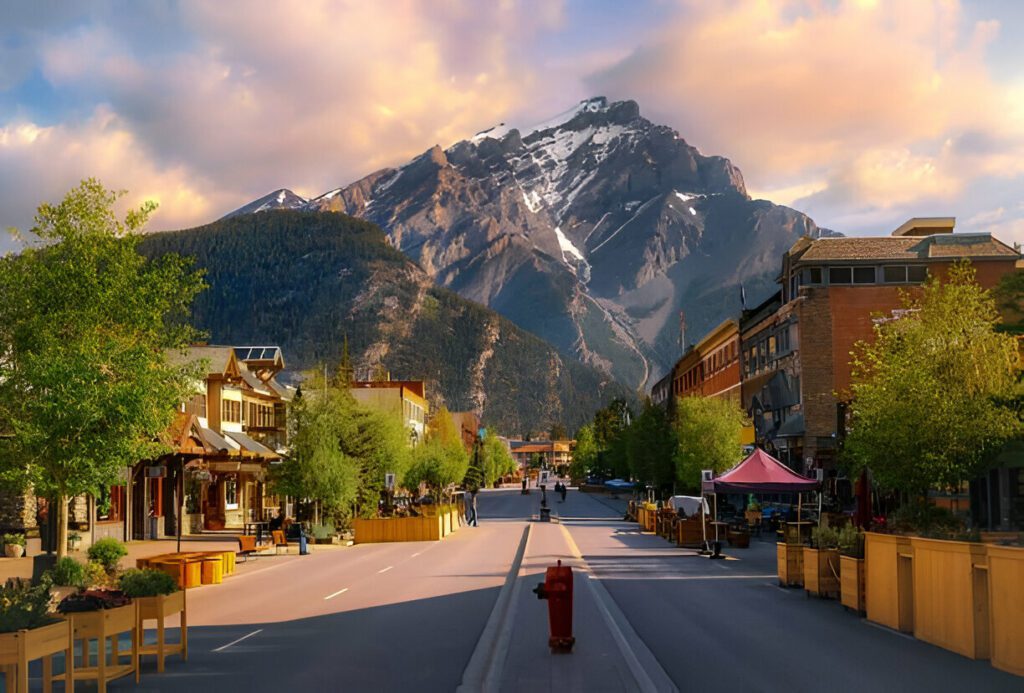
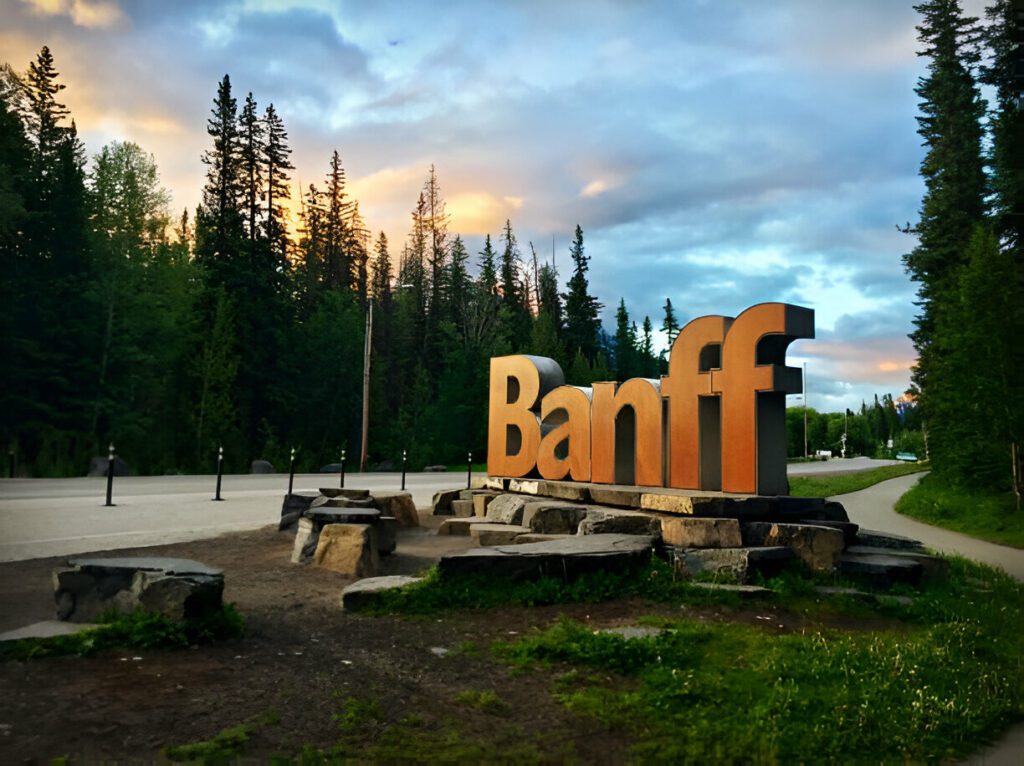
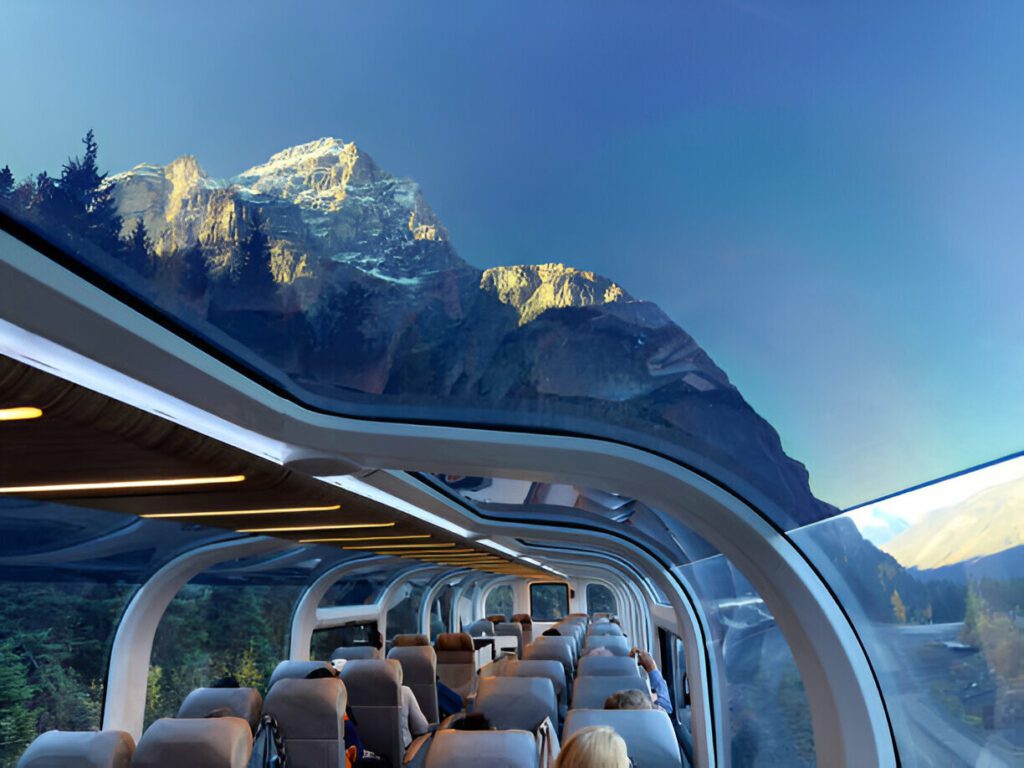
Not gonna lie… Banff was breathtaking. I was seriously not ready for how beautiful it was. The awe hit me the second I saw the stunning alpine landscapes. You get majestic mountain vistas, shimmering lakes, and thick, dense forests all in one view. The place feels like a perfect mix of wild nature and chill comfort. It has great amenities, buzzy restaurants, and quaint shops, but still keeps that cozy mountain retreat vibe.
Banff National Park is located in the heart of the Canadian Rockies, in the province of Alberta, about 80 miles west of Calgary. It was established in 1885 and is actually Canada’s first national park. There’s a historic town inside the protected area, with a population of around 8,000 residents.
I stayed for 5 days and it was heavenly. I kayaked across Lake Louise, hiked the breathtaking trails at Johnston Canyon, and explored the sweeping vistas from the top of the Banff Gondola. One day I checked out the world-class skiing slopes in Sunshine Village, and another day I just relaxed in the soothing waters of Banff Upper Hot Springs. Along the Icefields Parkway, I marveled at the wildlife and the rugged peaks that go on forever.
- Visitors Center Address: Banff Visitor Centre, 224 Banff Avenue, Town of Banff
- Phone: 403-762-1550
- Map Location
- Best time to visit: all year round (each season brings different activities)
My favorite highlights…
- Staying at the 4-star Sunshine Mountain Lodge — loved the modern boutique styling, the huge outdoor hot tub (no joke, one of the largest in the whole of Canada), and the cedar-lined dry sauna. The hotel is the only one accessible directly by gondola, which was awesome.
- Browsing through quirky gift shops and picking up unique souvenirs, including some cool printed hoodies from Cool As A Moose — super fun finds.
Vancouver
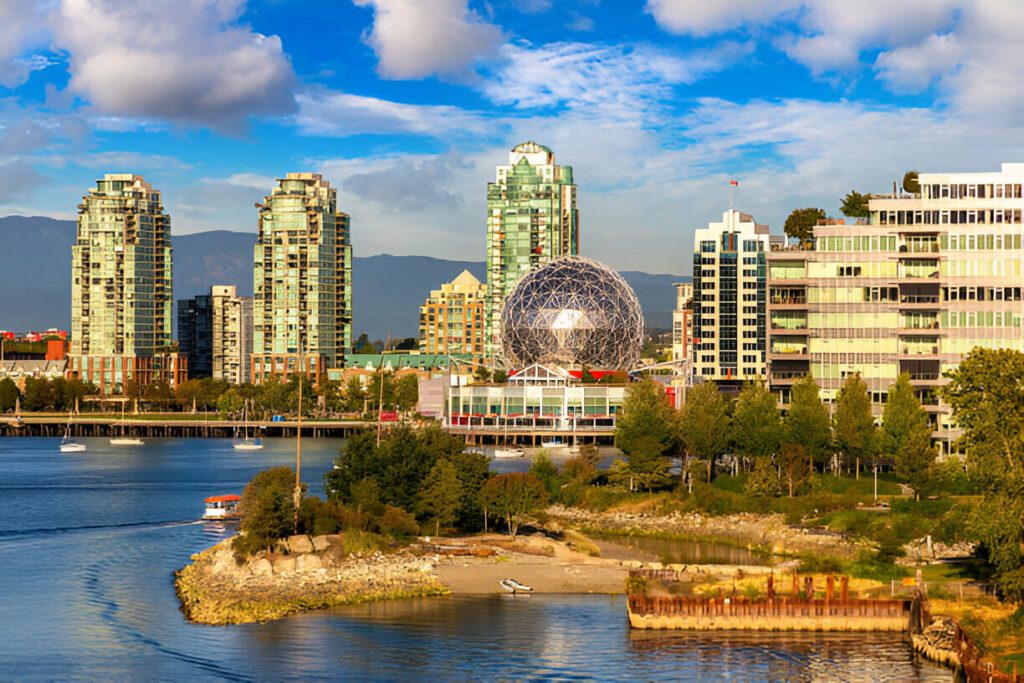
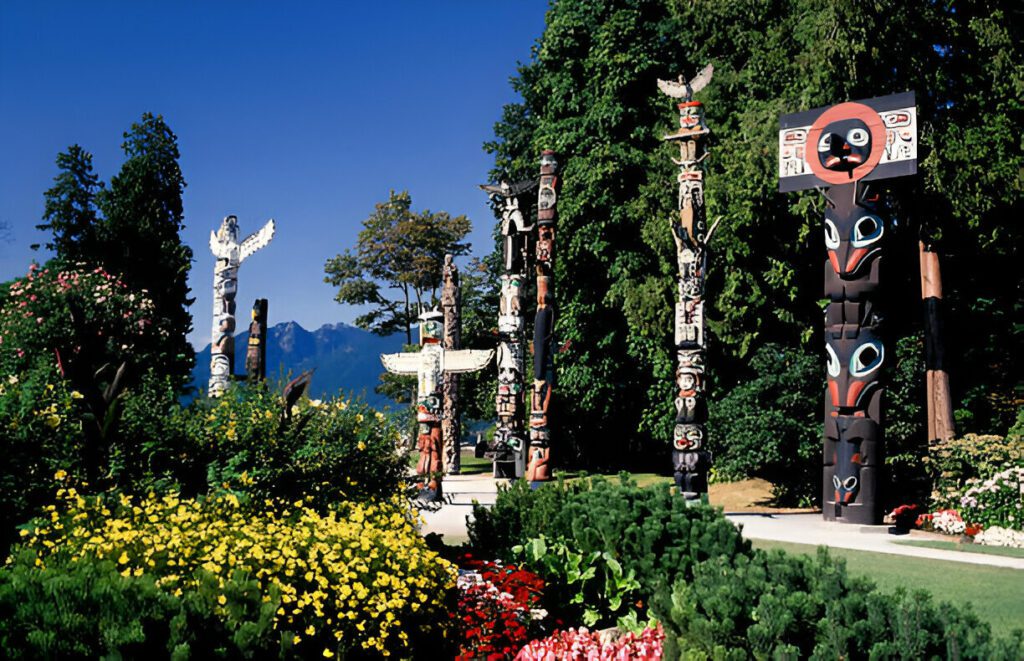
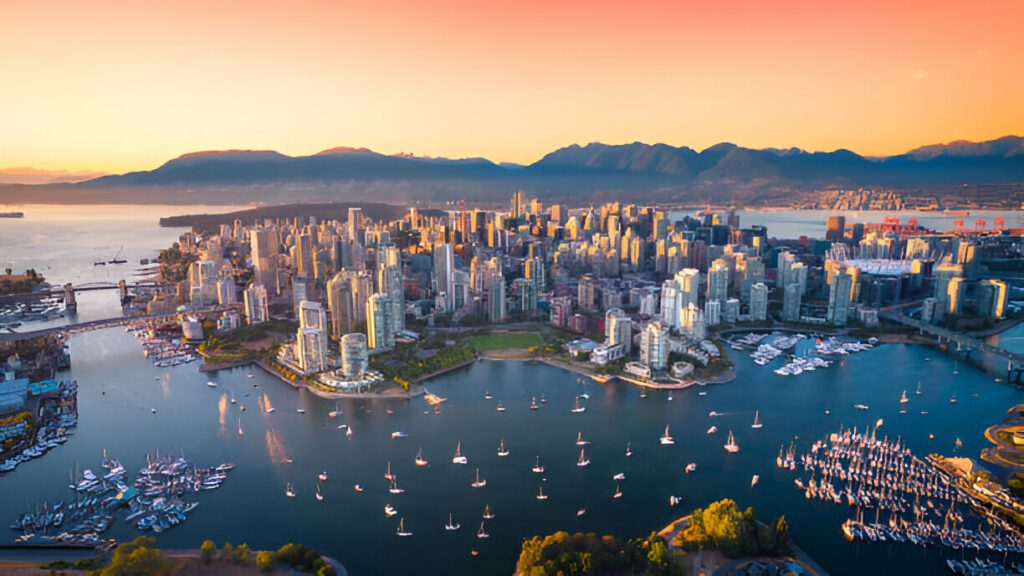
Not gonna lie, I absolutely loved Vancouver. The city gave me that perfect balance of energy and calm. It was super easy on the eye with its mix of sleek modern architecture, charming historic buildings, and a backdrop of sparkling waters, sandy beaches, pebbly shores, and thick forests. Add the snow-capped peaks of the Coast Mountains and you’ve got the dream setup.
I first landed by seaplane from Vancouver Island and could feel the West Coast vibes right away. The city felt laid-back but also cosmopolitan. I felt really won over by how everything blended so naturally — urban sophistication, outdoor adventures, and cultural diversity all in one.
You could be sipping coffee in a cozy café in downtown, then go hiking up a mountain or just chill lounging at the beach an hour later. It had that perfect blend of nature and city life, all wrapped in vibrant city energy.
Vancouver is nestled on the west coast of the country, in British Columbia, by the Pacific Ocean and near the towering Coast Mountains. It was founded in 1886 and has a population of around 660,000. It’s known for its Indigenous heritage, chill lifestyle, and being the gateway to the Pacific.
I spent four days there and had so much fun. I explored Stanley Park and walked the breathtaking seawall, stopped at Granville Island for its awesome food market and artisan shops, and admired art at the Vancouver Art Gallery. I also strolled around historic Gastown and saw the famous Steam Clock, relaxed on Kitsilano Beach, and soaked in the breathtaking views from Grouse Mountain.
- Visitors Center Address: The Tourism Vancouver Visitor Centre, 200 Burrard Street, Suite 210, Vancouver, British Columbia, V6C 3L6
- Map Location
- Best time to visit: April to October (when weather is mild)
My personal highlights…
- Staying at the cool, unique, 4-star L’Hermitage Hotel — the boutique interiors were a mix of Parisian charm and West Coast sophistication. I loved the Italian marble bathroom, the super plush bed, and the outdoor heated lap pool with a built-in jacuzzi.
- Arriving by seaplane was something else — smooth ride, clear skies, and an amazing view of the city from above. Totally worth it.
Jasper National Park
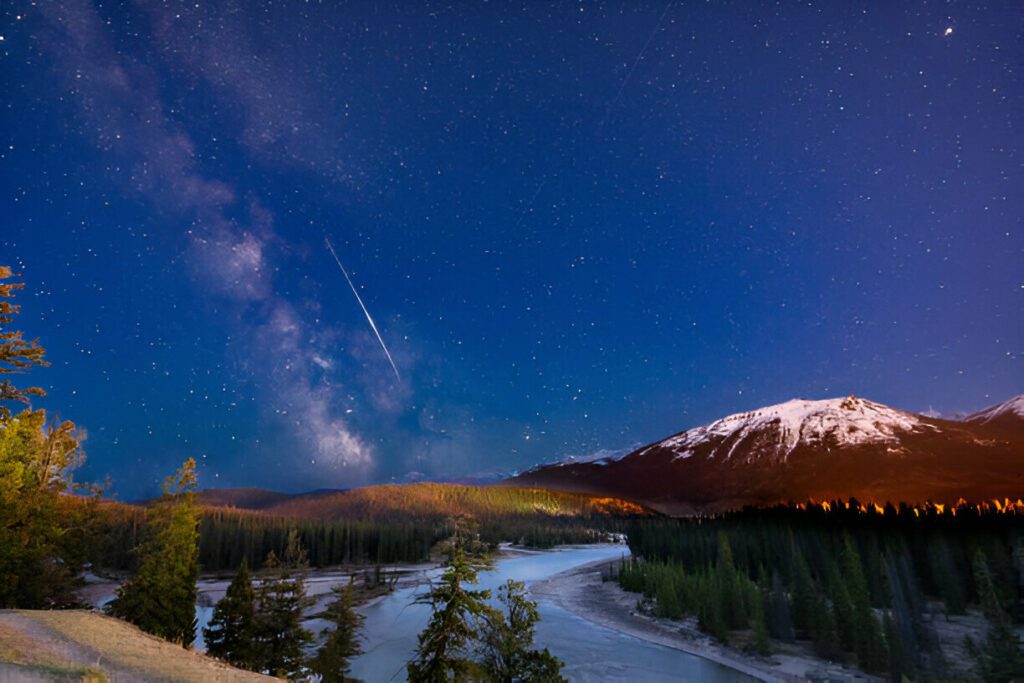
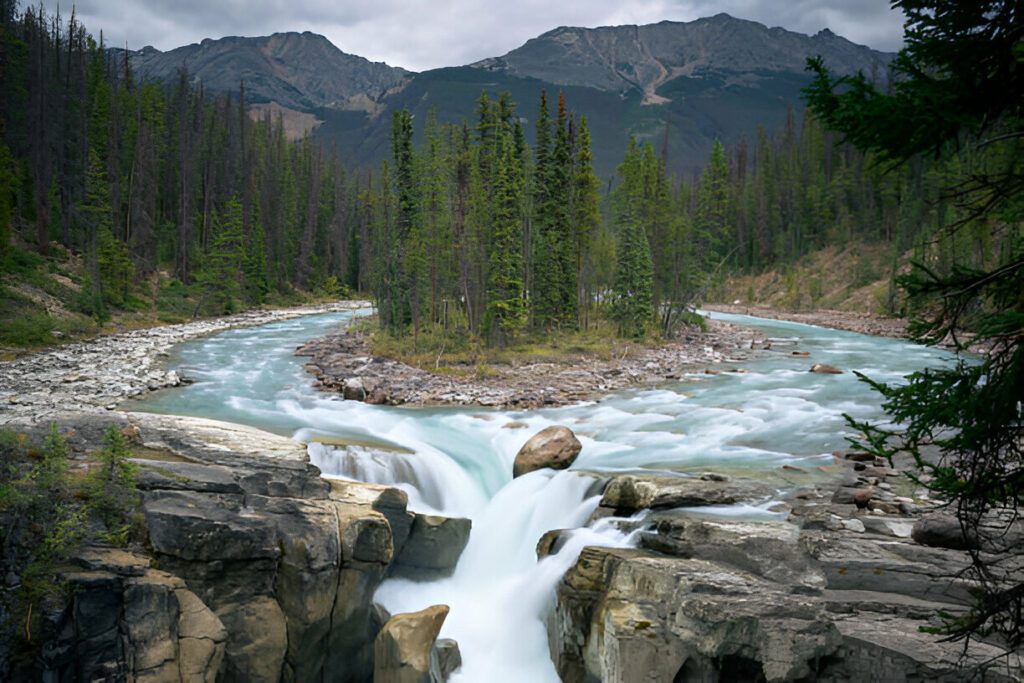
To be honest, Jasper National Park felt like stepping into true wilderness. The air was fresh, the silence was deep, and the sky looked endless. I loved how the park stayed a bit less crowded, more tranquil, and way less commercialized than its famous neighbor, Banff. Everything was open, raw, and calm — a vast, unspoilt park with stunning, vast landscapes that seemed to never end.
The towering mountains and sparkling lakes sat in the rugged Canadian Rockies, creating a crazy beautiful backdrop. The park was established in 1907 and is located in Alberta’s Canadian Rockies, just north of Banff National Park and a bit west of Edmonton. It’s massive, spanning around 11,000 square kilometers, and includes the town of Jasper, which has about 5,000 residents.
I took the four hour drive from Banff and stayed for four days at the cozy Pyramid Lake Lodge. Loved the view from my window — peaceful water and pine trees everywhere. During my stay, I went hiking through scenic trails, especially around Maligne Canyon and Maligne Lake. The water was super clear.
I also went exploring the sprawling ice fields along the Icefields Parkway, and even hopped on a boat cruise to Spirit Island — that was one of those moments where you just stop and take it all in. Rode the Jasper SkyTram to catch the panoramic views, and they were incredible — like next-level screensaver stuff.
- Visitors Center Address: 500 Connaught Drive, Jasper, Alberta
- Phone: +780-852-6176
- Map Location
- Best time to visit: June to September (when weather is warm)
My personal highlights…
- Hiking the challenging, 5 mile Sulphur Skyline Trail — took me about five hours with a tough steep descent, but once I reached the summit, the panoramic views were insane.
- After the hike, I ended the day by soaking in the incredible Miette Hot Springs, right near the end of the trail. Best. Feeling. Ever.
Churchill, Manitoba
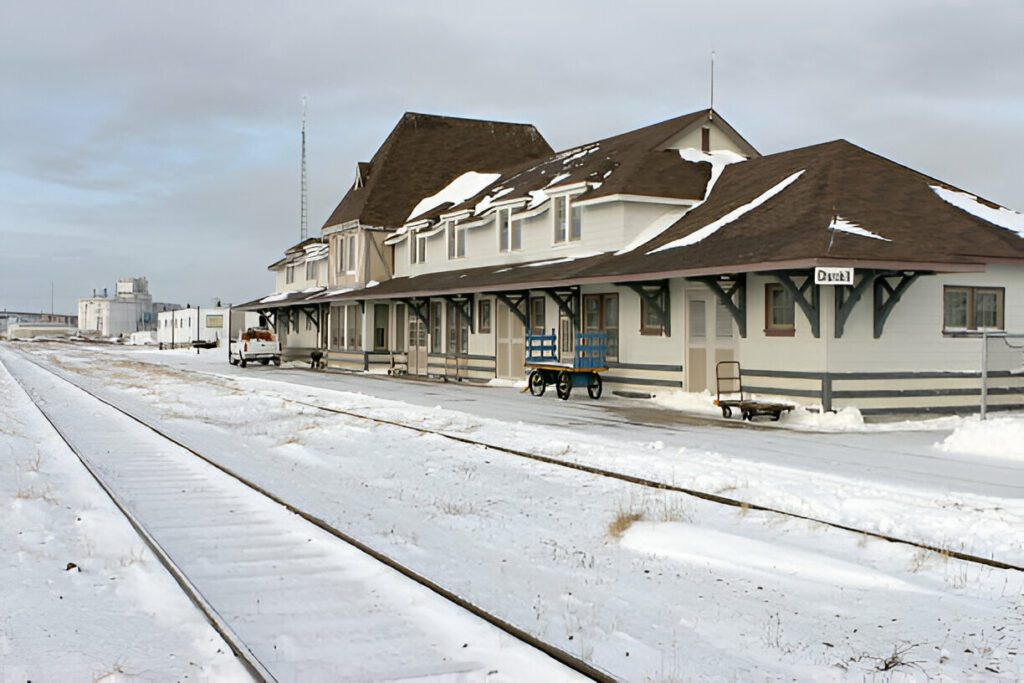
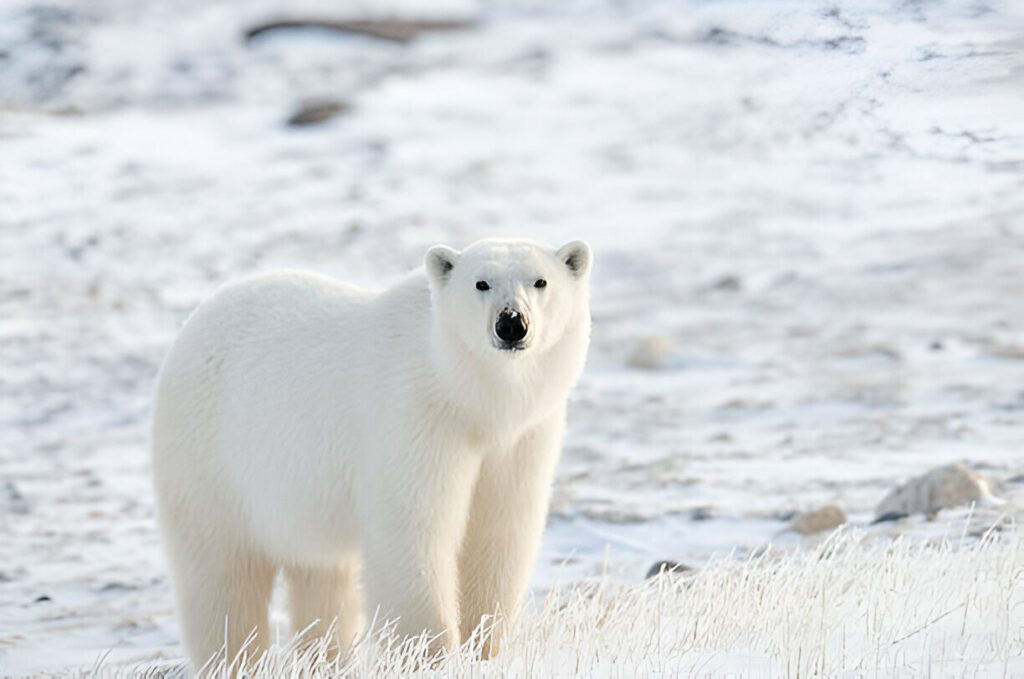
I gotta say, Churchill was something else. I saw a real polar bear up close — not in a zoo, but out in the open. No joke, it was incredible. Then I spotted this cute little fella just sleeping and making a nest. It felt unreal. The whole area is a unique travel destination, a small, remote town sitting on the shores of Hudson Bay. You feel the wild, the quiet, and the cold all at once.
The rugged natural beauty and untamed wilderness pulled me in. I was totally captivated by the interesting sights and intriguing wildlife. It’s called the Polar Bear Capital of the World, and yeah — I saw about 40 of them in just one day. The wild, rugged, adventurous vibe mixed with a close-knit community atmosphere made me feel like I was part of something small but deep. I felt deeply immersed in nature, more than any place I’d ever been.
Churchill is tucked away in northern Manitoba, about 68 miles from the Manitoba-Nunavut border. It was established as a fur trading post in the 18th century, and now it’s a very small town with only around 900 people living there.
It’s a premier destination to see beautiful white bears, but it’s also a fantastic place to spot Beluga whales in late summer. I took a two hour flight from Winnipeg and stayed at Bears Den Guest House II — simple, warm, and totally worth it.
I felt the thrill during those polar bear viewing tours across the tundra. I also explored the historical Prince of Wales Fort, which was only accessible by boat. Later, I visited the Itsanitaq Museum and learned about local Inuit culture. At night, the sky lit up with spectacular northern lights — one of the best I’ve ever seen. The high latitude and lack of light pollution make this a great place for that.
- Address: Manitoba, Canada
- Map Location
- Best time to visit: January, February, March (for Northern Light watching)
My highlights…
- Dropping by the Churchill Northern Studies Center — got to learn about unique flora and fauna, including polar bears and beluga whales, from some super knowledgeable guides.
- They also explained how climate change is causing an earlier break-up of sea ice in Hudson Bay, which really made me think.
Quebec City
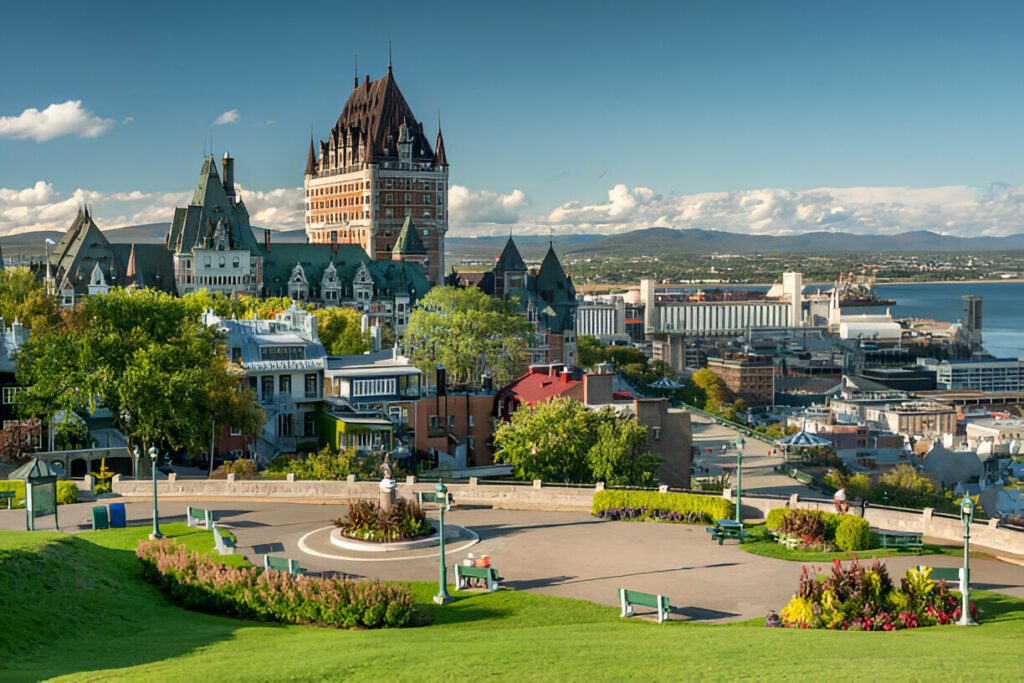
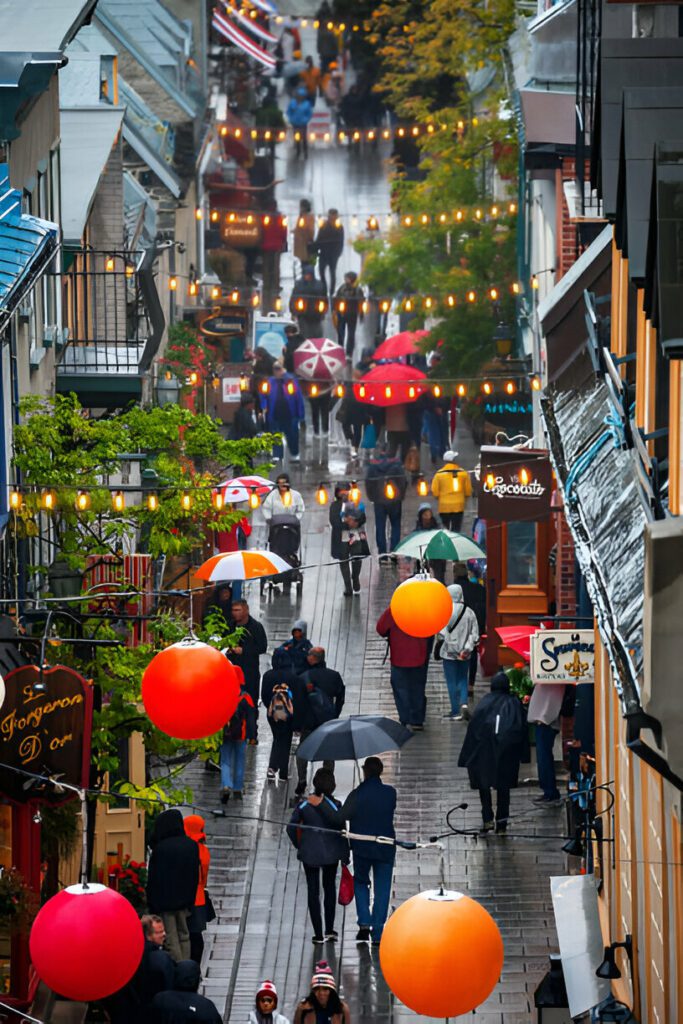
Quebec City felt like a dream. A real-life postcard. The whole place had that old-world, European-style charm that just pulls you in. It’s a romantic place, no doubt — charming, a little seductive, and full of fine historic landmarks. You walk through picturesque streets in Old Quebec, a true UNESCO World Heritage site, and suddenly you feel like you’re somewhere far away.
It has a vibrant, cultured vibe, a distinct European flair, and lots of lively festivals popping up through the year. I loved the quaint cafes, the bustling markets, and the backdrop of historic architecture. The whole city had this welcoming feel, and the bilingual charm of the residents made it even better. Yeah, it was a little touristy, but I get it — it’s popular for a reason.
Quebec City was founded in 1608, making it one of North America’s oldest cities. It’s in southeastern Quebec, on the north bank of the Saint Lawrence River. It’s the capital of the province, predominantly French-speaking, and has a population of about 540,000.
I stayed for three days in the Insta-worthy boutique Le Capitole Hotel. Super stylish and cozy. In that time, I got to tour the historic streets, saw the imposing Château Frontenac, and spent hours exploring the impressive fortifications of La Citadelle. Went up to the Observatoire de la Capitale for some crazy panoramic views, and wandered the charming corners of Quartier Petit Champlain. I also tried some top-tier French cuisine in fine restaurants, and I swear, I found a quaint side street or a romantic cafe every few steps.
- Location: Québec province
- Map Location
- Best time to visit: June to September (or winter for winter sports and the festive Quebec Winter Carnival)
My favorite highlights…
- Walking across the suspending bridge above Parc de la Chute-Montmorency — it spanned 300 meters and hung about 30 meters above the mighty Montmorency Falls. Got a unique perspective like I was walking along the waterfall No joke, it gave me chills.
Lunenburg, Nova Scotia
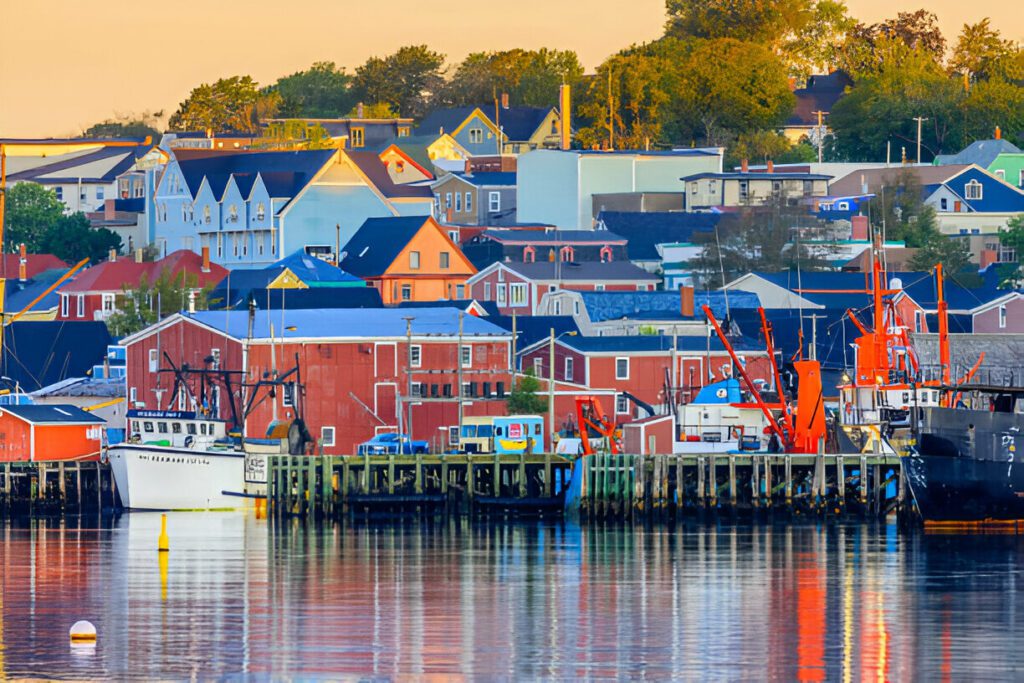
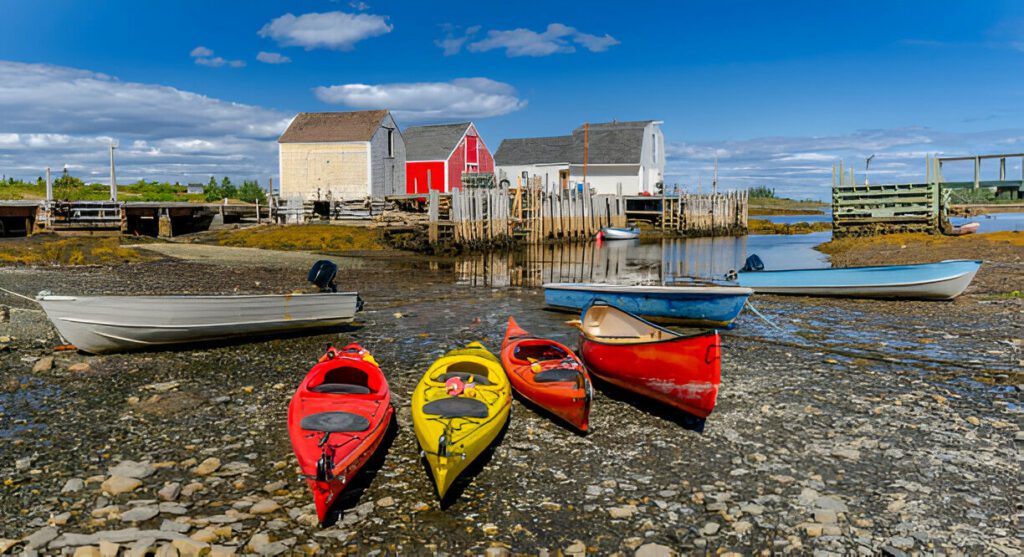
Lunenburg was an absolute gem. I spent three chilled-out days here and didn’t want to leave. It’s one of those idyllic, picture-perfect places that feels unreal. This UNESCO-listed, heritage town in Nova Scotia is straight-up peaceful but still buzzing in the best way. The streets were lined with brightly painted buildings, all glowing with that rich maritime heritage. It’s got scenic beaches, rugged coastlines, and serene sandy stretches that made me wanna just sit and stare.
There’s this quaint, artistic vibe everywhere — full of bustling waterfront energy and a real friendly community-focus. The markets and cafes were jam-packed with artisanal, locally produced food and cool locally produced products.
Lunenburg was founded in 1753 and sits on the South Shore, about 90 kilometers southwest of Halifax, on the western side of Mahone Bay. It was originally a historic fishing and shipbuilding community, and today it’s home to around 2,300 residents. In 1995, it was officially designated as a UNESCO World Heritage Site for being a super well-preserved British colonial settlement.
- Location: Nova Scotia
- Map Location
- Best time to visit: Summer
My favorite highlights…
- I strolled along the buzzy waterfront, stopped at the iconic John’s Anglican Church, and enjoyed local food at the most charming, characterful eateries.
- Took a scenic boat tour around Mahone Bay, photographed the pretty colored buildings, and later sipped some cold craft beer at the artisanal Shipwright Brewing Company. So good.
- Dining on a Quinoa & Black Bean dish with a Blueberry Mojito at the nautical-chic Salt Shaker Deli and Inn — the harbour views and cute wooden buildings made it all feel extra awesome.
Johnston Strait
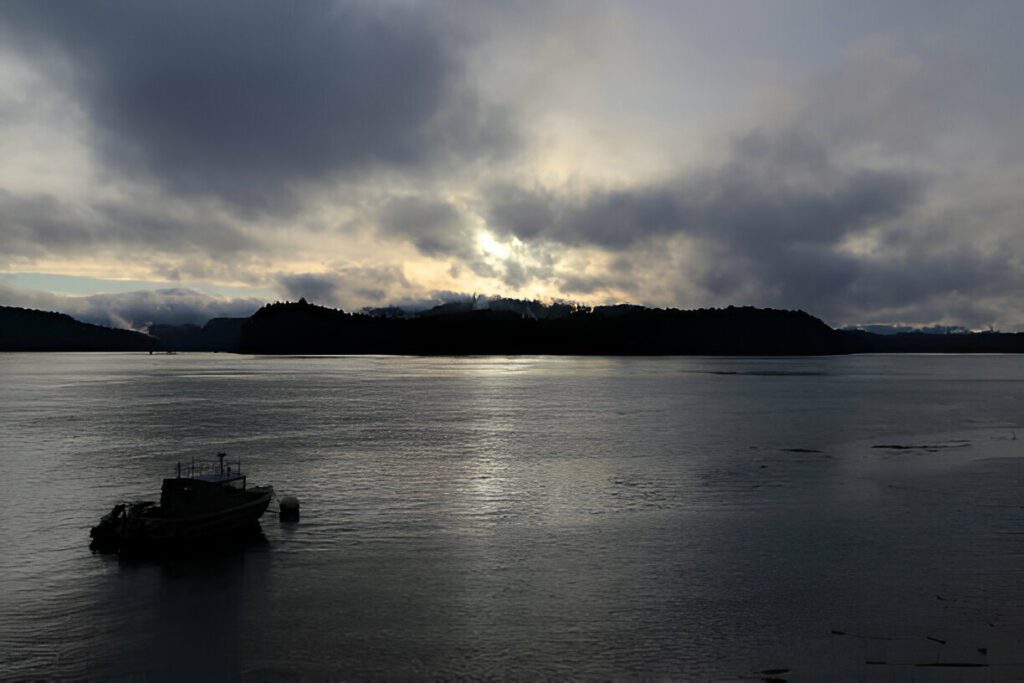
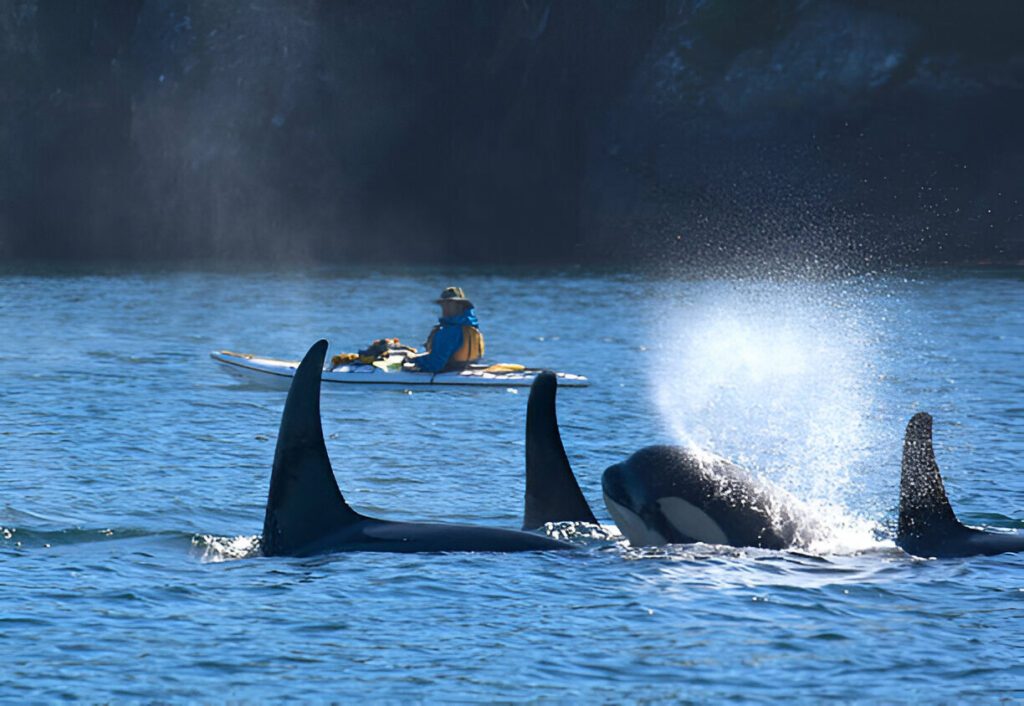
Johnstone Strait was a peaceful escape — a place where everything felt zen-like. The waters were quiet, glassy, and silverly clear, and the stunning coastal scenery was just unreal. I’m talking untouched coastal scenery, forest-covered mountains, and that majestic, raw beauty that feels rare these days. You could literally hear the silence in the air. What made it special though? Seeing the world’s largest pods of resident orcas glide by. That was some extraordinary natural drama right there.
The strait is located on the northeastern part of Vancouver Island, British Columbia, between the island and mainland. It spans 68 miles, with a width that varies from 1.5 to 3 miles. It’s a vital navigation route, with a rich history tied to Indigenous habitation and European exploration. Today, it’s still sparsely populated with only a few small communities focused on fishing and tourism.
I was staying on Vancouver Island and drove to the quiet community of Telegraph Cove, though Port McNeill and Alert Bay are also cool alternatives. I stayed a few days and got to explore the strait and its surrounding attractions at my own pace. Went on an orca-viewing boat tour around Robson Bight Ecological Reserve, and also went kayaking through the calm waters while surrounded by that stunningly beautiful coast.
I also explored the town of Telegraph Cove itself — it had a quaint boardwalk, restored historic building, and some local charm you don’t find often. Later, I hiked the nearby forest trails, took in the breathtaking scenery, and just disconnected for a while.
- Location: Northeastern coast of Vancouver Island, British Columbia
- Map Location
- Best time to visit: July to September (when orcas are more active)
My favorite highlights…
- Dining on fresh linguine at The Old Saltery Pub in Telegraph Cove, while watching the cute, playful sea otters float near the planks just outside — no joke, they stole the show.
- That early morning paddle on the calm waters, surrounded by nothing but trees, whales, and quiet.
Cape Breton Highlands National Park
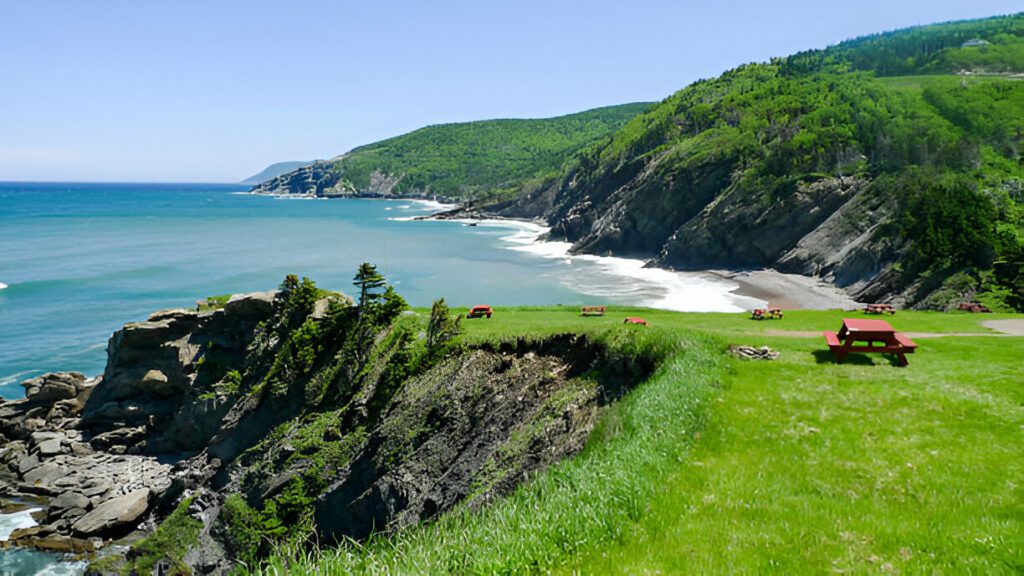
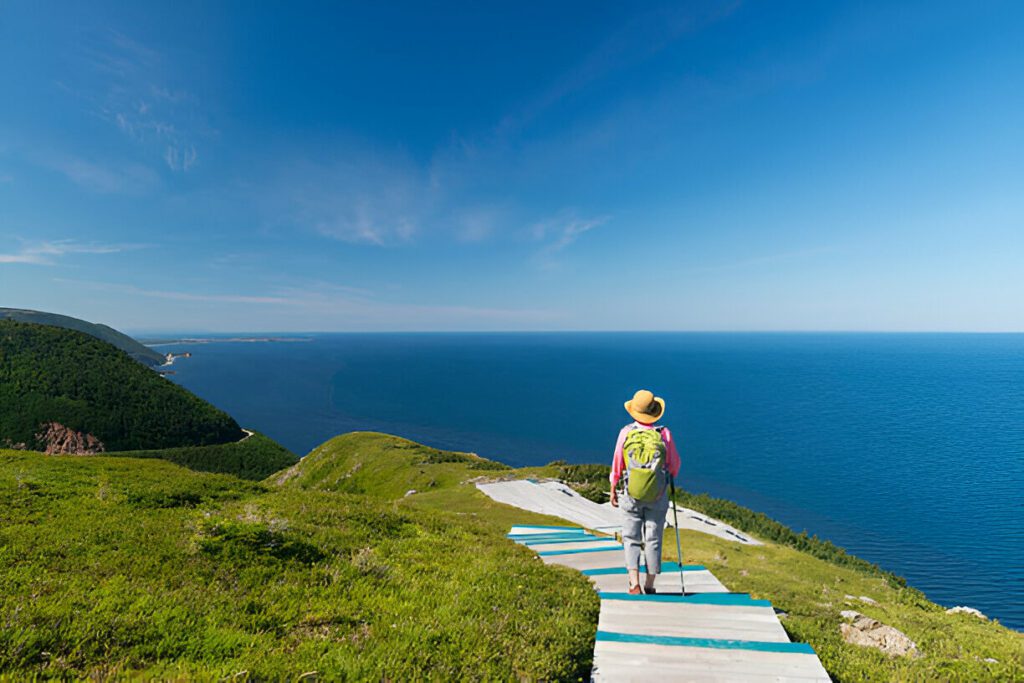
Cape Breton Highlands National Park felt wild and wide open — a place that just hits your soul. Everything there was rugged, raw, and straight-up breathtaking. The dramatic cliffs, the forested mountains, and those spots overlooking both sandy beaches and rocky beaches gave off this powerful yet peaceful vibe. You also find charming fishing villages and scenic lighthouses along the unspoilt coastline that made me slow down and appreciate the silence.
The park had that tranquil, untamed feel but also a quiet welcoming coastal charm. It’s located in the northern part of Cape Breton Island, Nova Scotia, and stretched along the famous Cabot Trail. The land is tucked between the Gulf of St. Lawrence and the Atlantic Ocean. It was established in 1936 as one of the country’s first national parks, and it spanned about 950 square kilometers.
I took the Trans-Canada Highway all the way to Cape Breton Island, then drove the breathtaking Cabot Trail. The stunning ocean views were everywhere. I spent three days just relaxing and wandering. I hiked the Skyline Trail, saw gorgeous sunsets, spotted interesting wildlife, and explored Ingonish Beach — it had a unique blend of sand and smooth rocks.
One day I visited the Acadian village of Chéticamp, full of interesting culture, and later discovered hidden waterfalls, lush forests, and the scenic Middle Head Trail which felt like something out of a fairytale.
- Visitors Center Address: Chéticamp Visitor Centre, 16648 Cabot Trail, Chéticamp, Nova Scotia
- Map Location
- Best time to visit: late May to October (for the mildest weather)
My personal highlights…
- Seeing a moose while walking the scenic Skyline Trail — no one else around, just me and this giant animal.
- Standing on the dramatic headland cliff that overlooks the ocean, staring out at one of the most iconic views in all of Nova Scotia and the Gulf of St. Lawrence — felt like a moment out of a movie.
Old Montreal
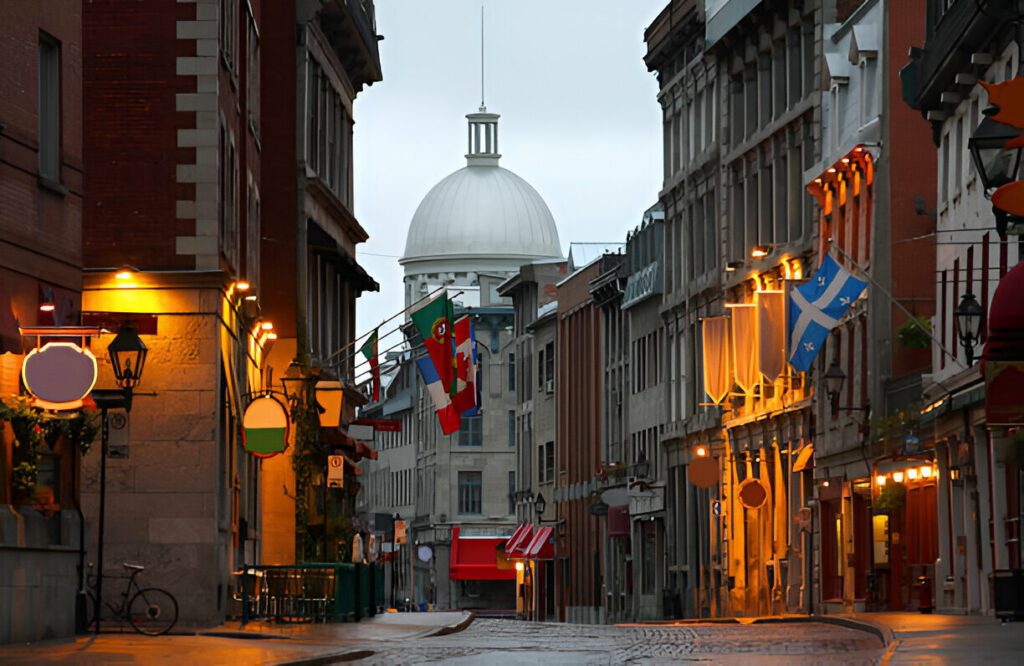
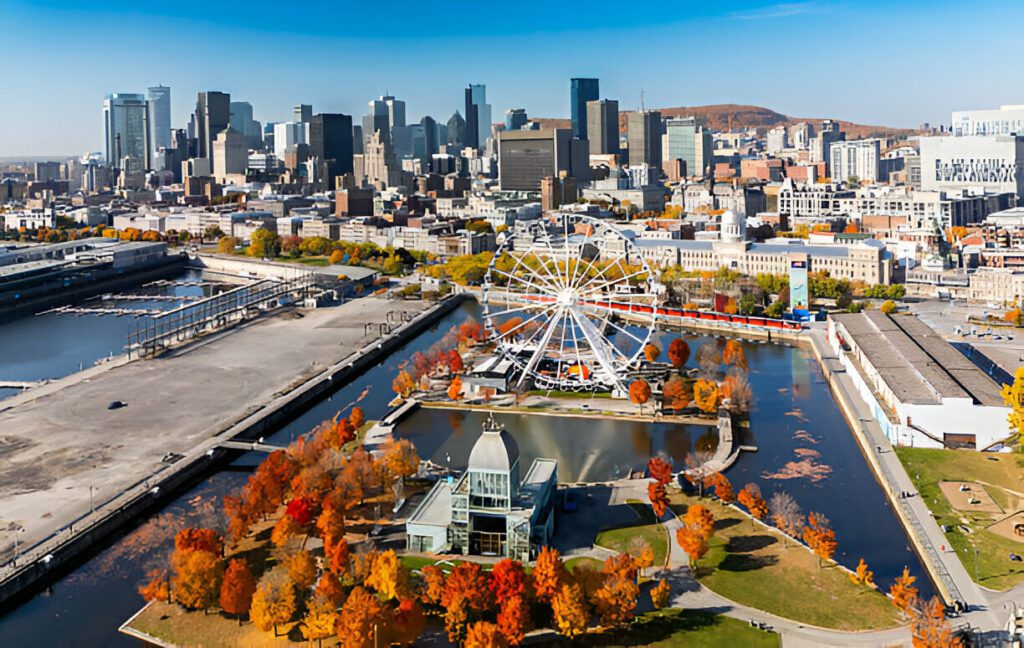
Old Montreal totally surprised me. It had this mix of gritty parts and stunning, elegant corners that made it feel alive. You walk through charming cobblestone streets, see historic architecture, and get lost in that European-inspired charm. I saw impressive columns, beautiful churches, quaint corner cafés, and boutiques with pretty windows. It felt like a movie set but real.
Right in the heart of Montreal, Quebec, by the St. Lawrence River, this place sits in the southeastern part of the country. The city was founded back in 1642 as a French colonial settlement. Today it’s Quebec’s largest city with around 1.7 million people, mostly French-speaking, and known for its cultural diversity. A proper hub for arts and commerce.
I stayed for three days at LHotel Montreal, a unique historic boutique spot. From there, I explored a bunch of historic sites, and yeah, I totally marveled at the stunning Notre-Dame Basilica — those dramatic Gothic spires and the rainbow-lit interior were next-level.
I caught superb city views from Mount Royal Park, visited the Montreal Museum of Fine Arts, and the Biodome, and sampled the city’s world-famous food scene. Tried poutine and fresh bagels right in the lively Old Port — the food hit different.
- Location: Québec province
- Map Location
- Best time to visit: April, May, September to November
My favourite highlights…
- That afternoon at Bota Bota Spa. It was a blissful break on a former ferry, now floating on the water. The Scandi-chic decor, hot bath, cold plunge, then just relaxing in the tranquil terraced garden — no joke, it felt unreal. A full thermal experience cycle I didn’t know I needed.
The Bay of Fundy
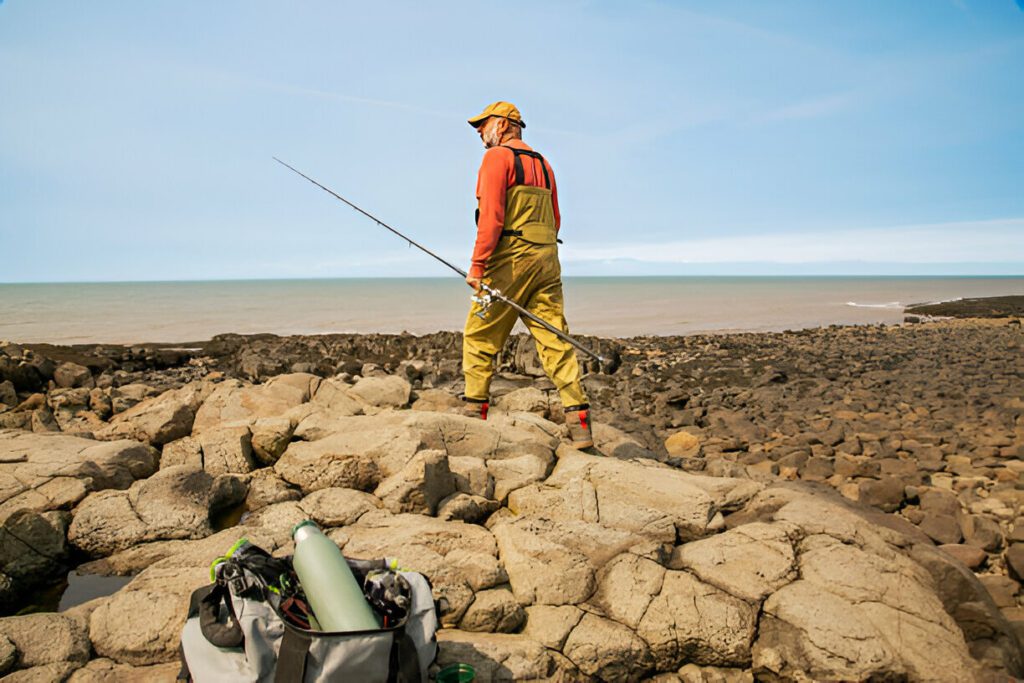
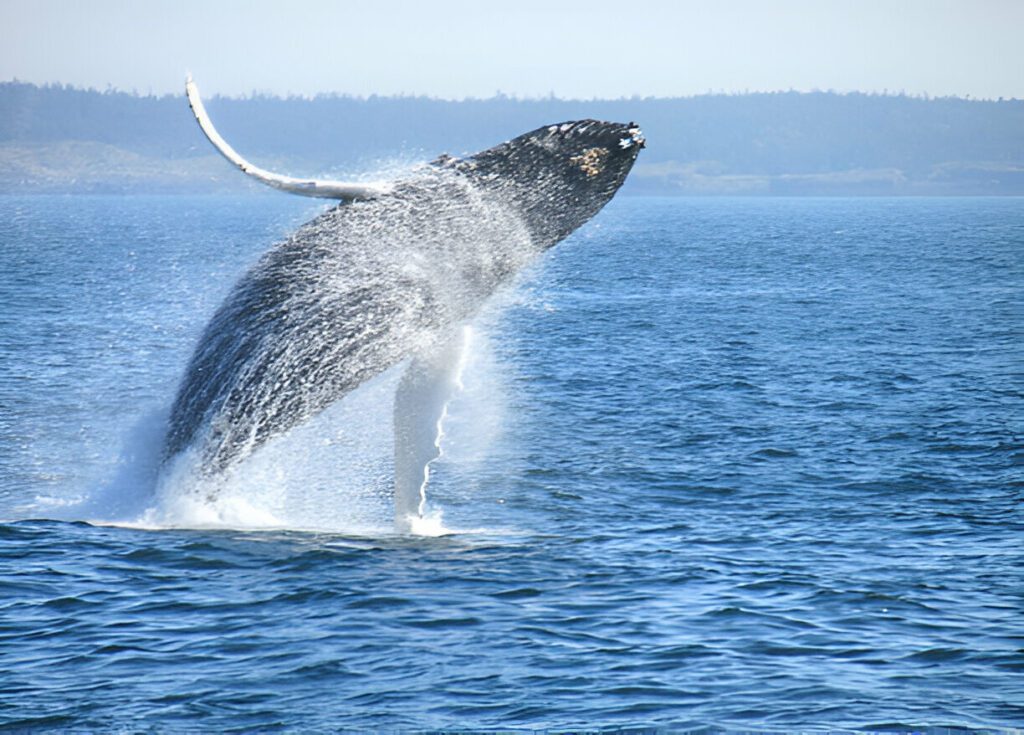
The Bay of Fundy is a pristine coastal region in the eastern part of the country, between Nova Scotia and New Brunswick. It’s famous for the world’s highest tides and record-breaking tides that shaped the rugged cliffs, sandy beaches, and rocky beaches. Honestly, I didn’t expect it to be that amazing — the awe-inspiring energy and quaint charm here hit me right away. The whole area is a gorgeous beauty spot, full of pretty, charming coastal villages, historic lighthouses, and colorful waterfront buildings.
It has a rich history, shaped by the Indigenous Mi’kmaq culture. The region is surrounded by quaint coastal communities, with around 100,000 people living there. Thanks to the nutrient-rich waters, you’ll find a large variety of whales — I mean, come on, that’s awesome.
I took a drive from Halifax and spent three days here. Went kayaking at Hopewell Rocks, where the dramatic tides were wild. Also did some walking on the ocean floor at Burntcoat Head Park — yeah, I was literally where the ocean usually is. Then I went whale-watching near Digby, which was unreal.
I also explored the charming town of Wolfville, checked out the vineyards, learned about the interesting Acadian history, and hiked scenic trails in Fundy National Park. The waterfalls and gorgeous coastal views were worth every step. I even got to meet other kayakers and canoers from around the world who were just vibing with the jaw-dropping scenery.
- Location: New Brunswick, Nova Scotia
- Map Location
- Best time to visit: Spring, Summer, Fall
My favorite highlights…
- Seeing the spectacular Hopewell Rocks with their unusual formations known as flowerpot rocks, created by the Fundy tides. They had such distinct shapes, like giant flower pots standing on the beach.
- Watching the force of the tides in action from this cool observation deck over the unique coastline. The clear glass-panelled floor gave me a great experience — I could literally see the tides ebb and flow directly under my feet. No cap, it gave me chills.
Yoho National Park, British Columbia
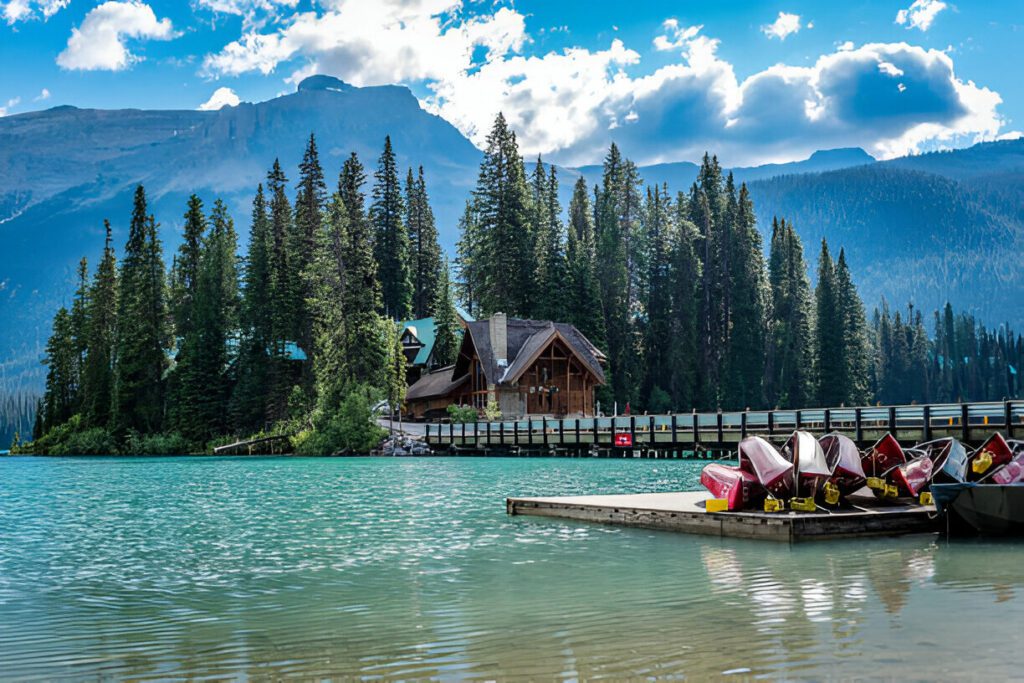
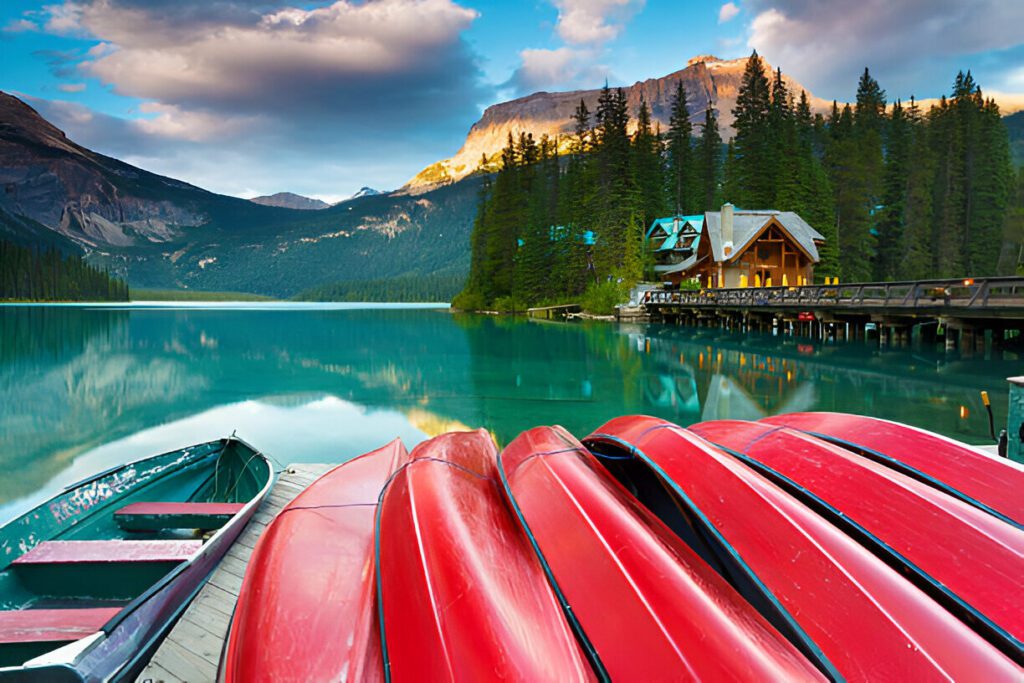
Yoho National Park in British Columbia is kind of an underrated gem. Most folks rush to its famous neighbors like Banff and Jasper, but honestly, this place has its own magic. The peaceful, intimate vibe here totally hit different. The scenery was super striking, with towering waterfalls, deep sparkling blue lakes, and dense forests. I loved the rustic heritage buildings and serene riverbank beaches scattered through the park.
The park was established back in 1886 and is part of the Canadian Rocky Mountain Parks, which is a UNESCO World Heritage Site. It’s tucked away in the Canadian Rockies, southeastern British Columbia, and spanned about 1,313 square kilometers. It’s also home to the famous Burgess Shale fossils that go back 500 million years ago — no joke, that was wild to see in person.
I stayed for two days and it was packed with adventure. First thing I did was discover the iconic Takakkaw Falls — one of Canada’s highest waterfalls. Then I explored some seriously ancient fossils, which honestly felt like stepping into a science museum in the wild.
I also hiked the challenging trails to Emerald Lake and Lake O’Hara, both were total stunners. Later, I kayaked the reflective waters of Wapta Lake and traversed the scenic Iceline Trail. One thing I didn’t expect to enjoy so much was the interesting guided tour to the Mount Stephen Fossil Beds — learned a ton and the views were insane.
- Location: Field, BC V0A 1G0
- Map Location
- Best time to visit: July to September
My favorite highlights…
- Hiking the super easy, family-friendly Wapta Falls Trail. Took me about two hours, but the reward was the impressive, 18-meters high Wapta Falls — the largest waterfall in the park. Not gonna lie, I just stood there like… wow.
Cape Spear, Newfoundland and Labrador

I was a big fan of this rugged, remote spot. Cape Spear felt so pristinely beautiful with stunning ocean vistas and that crazy cool feeling of standing at the easternmost point of North America. Not gonna lie… the serene, majestic vibe here was unreal. That sense of solitude, just being at the most easternmost point of the continent, really stayed with me.
This gem is located on the Avalon Peninsula, near St. John’s in Newfoundland and Labrador. The site was established back in 1836 as a lighthouse site, and now it’s part of a National Historic Site. I spent just an afternoon, and honestly, it was enough to really take it all in. I got to explore the oldest surviving lighthouse in Newfoundland, which was pretty dope.
I went on a hike along the rugged coastal trails, and man, I saw some breathtaking views of the Atlantic. I even tried to spot some icebergs and whales from the cliffs — didn’t see any, but the vibe was still top tier. Also got to learn about the area’s history and its role during World War II. The restored military fortifications were actually super interesting and added another layer to the whole place.
- Location: John’s, NL A1C 5H2
- Map Location
- Best time to visit: June to October
My favorite highlights…
- Going on a two hour scenic hike along the Blackhead Path trail. There were some steep parts, but I saw the most breathtaking views of the Atlantic Ocean, rugged cliffs, sea stacks, and the historic Cape Spear lighthouse off in the distance. No cap — felt like a scene out of a movie.
Prince Edward Island
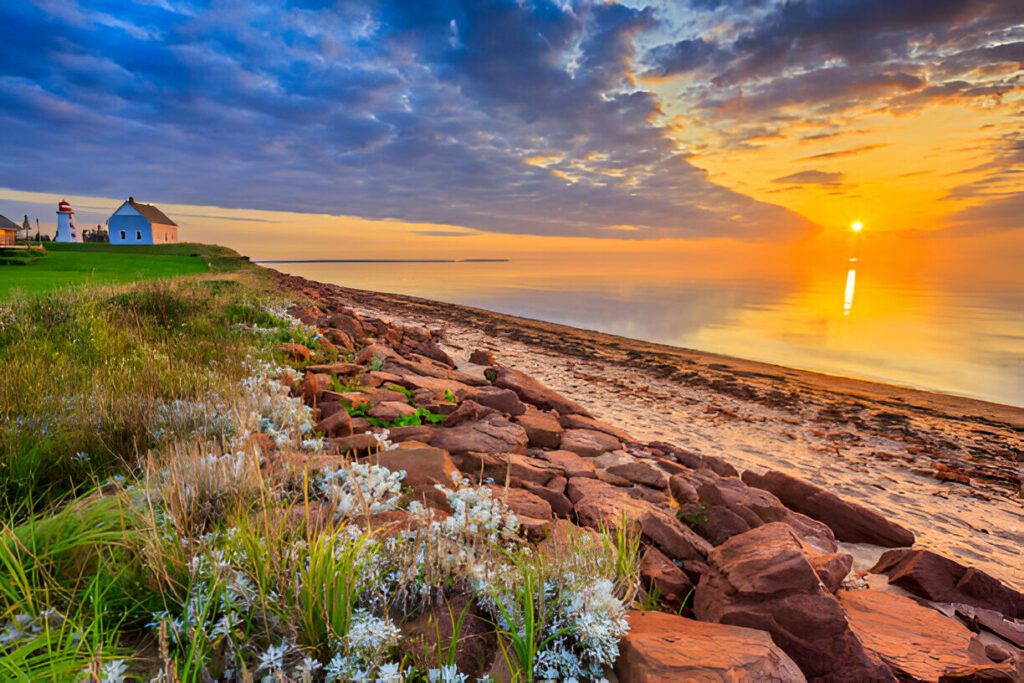
This place is a total gem. I discovered it while I was looking for something quiet and chill, and honestly, it delivered. I got into the quaint maritime towns, saw that beautiful historic Victorian architecture, and drove through those rolling green hills like I was in some kinda dream. It had pristine sandy beaches, some with white sand, some with red sand, and I was totally charmed by the whole vibe. Super welcoming, that real small-town vibe, with a slow pace of life that felt like a break from everything. Like, real talk — there were warm smiles everywhere.
This island is nestled in the Gulf of St. Lawrence, north of Nova Scotia, and it’s actually the tiniest province in Canada. About 159,000 folks are calling it home. It joined the country back in 1873. It’s famed for being the setting of that classic novel, Anne of Green Gables.
I took a ferry from Nova Scotia, and spent a very relaxing three days there. I was mostly just exploring the scenic beauty of places like the small resort town of Cavendish, and discovering the fictional home of Anne of Green Gables — kinda surreal seeing it in real life. I also went to the stunning Singing Sands Beach (no joke, the sand actually made little noises), and it was filled with that fine white sand. Super relaxing. I also ended up taking a trip to the historic West Point Lighthouse and museum.
Can’t skip out on visiting the vibrant capital city, Charlottetown. That place was packed with awesome restaurants, a cool harbour with gently bobbing boats, and a lively cultural scene. I get now why everyone says it’s a must-visit.
- Visitors Center Address: 6 Prince Street, Charlottetown, Prince Edward Island
- Map Location
- Best time to visit: June to September
My highlights…
- Staying at the award-winning, unique, historic boutique hotel The Great George. I was completely charmed by the carefully restored heritage building it dated back to. The vibe was next-level cozy — had in-room spa services and a sleek, dark wood, four poster bed. Not gonna lie… it was a romantic place, perfect for couples.
Whistler
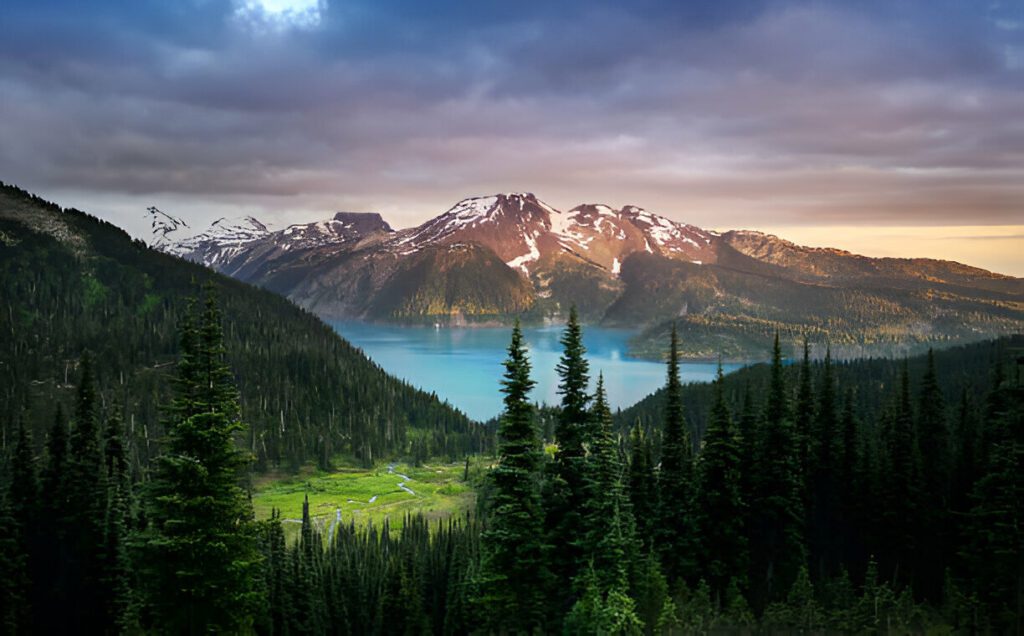
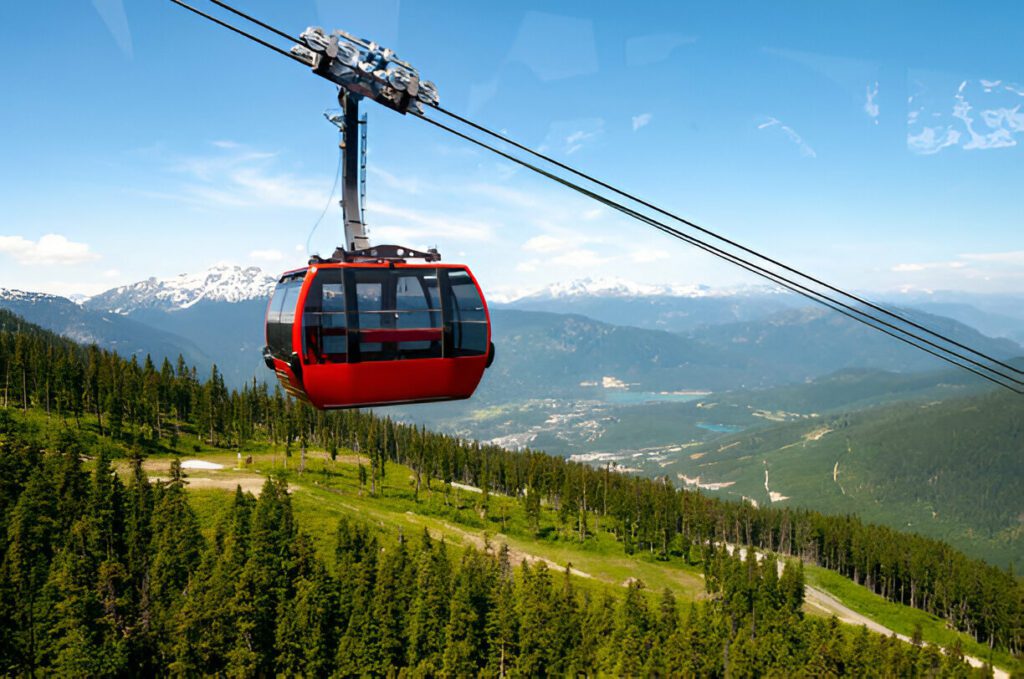
Whistler is one of the biggest ski resorts in North America, and trust me, it’s a truly stunning spot. I was blown away by the jaw-dropping alpine scenery — those thick lush forests, towering mountains, and that wild mix of modern ski resort architecture with cozy chalet-style buildings in the backdrop. The place gives off this lively, adventurous vibe. It’s all about high-energy sports activities, but you still feel that laid-back mountain lifestyle everywhere you go.
It’s located in the Coast Mountains, British Columbia, around 75 miles north of Vancouver. Whistler was established as a resort municipality back in 1975, and yeah, it was even the co-host of the 2010 Winter Olympics. The population is about 11,854, but it feels way bigger with all the visitors coming for those world-class ski slopes and wild mountain biking trails.
I came during summer, but still went skiing on the world-famous Whistler Mountains and Blackcomb Mountains — yep, skiing in summer, that’s how dope it is. I watched the snowboarders, tobogganers, and even some crazy good ski jumpers flying through the air. I also enjoyed those panoramic views on the Peak 2 Peak Gondola — the whole ride was insane.
After all that, I relaxed at the peaceful Scandinave Spa, then sampled food and did a little shopping in the buzzy Whistler Village. During summer, the place gets lit with hiking, biking, and zip-lining too — it’s got something for every kind of adventurer.
- Location: north of Vancouver, British Columbia
- Map Location
- Best time to visit: December to February, for great skiing conditions
My highlights…
- Stumbling across this super cute spot called 3 Singing Birds. No joke, it was such a unique, quirky place with handcrafted jewelry, unique home decor, organic skincare products, and even poetry written by locals. I loved how it was arranged, kinda resembled an art gallery more than a traditional retail shop. It hit different.
Toronto
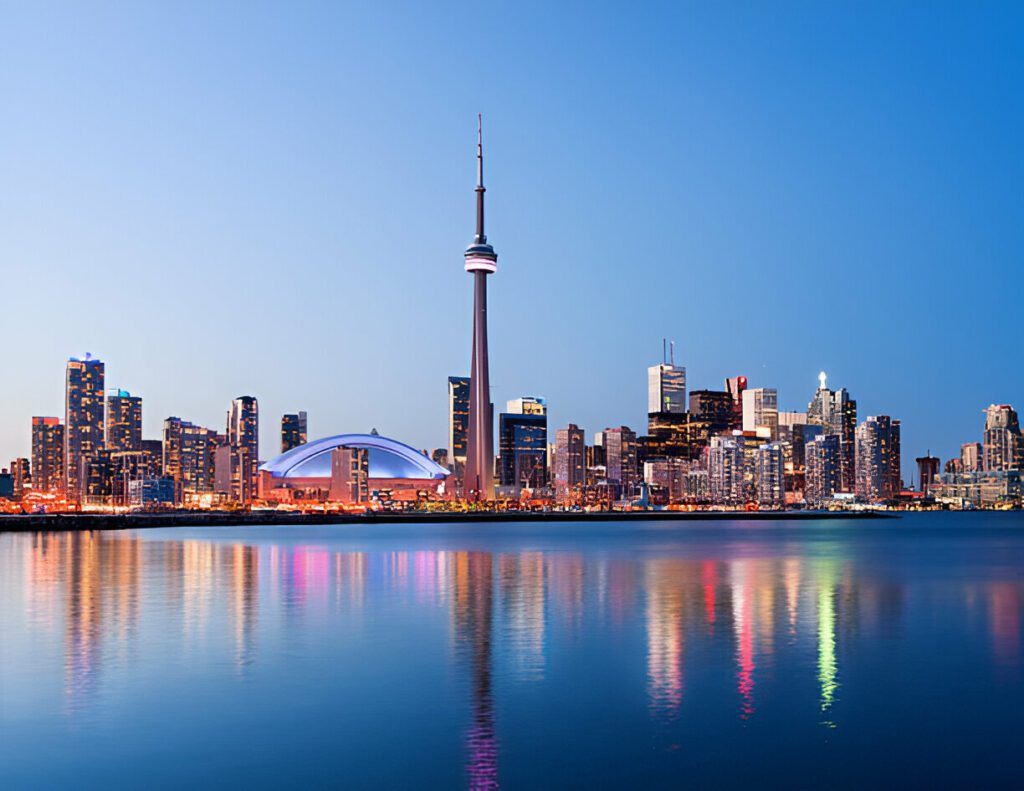
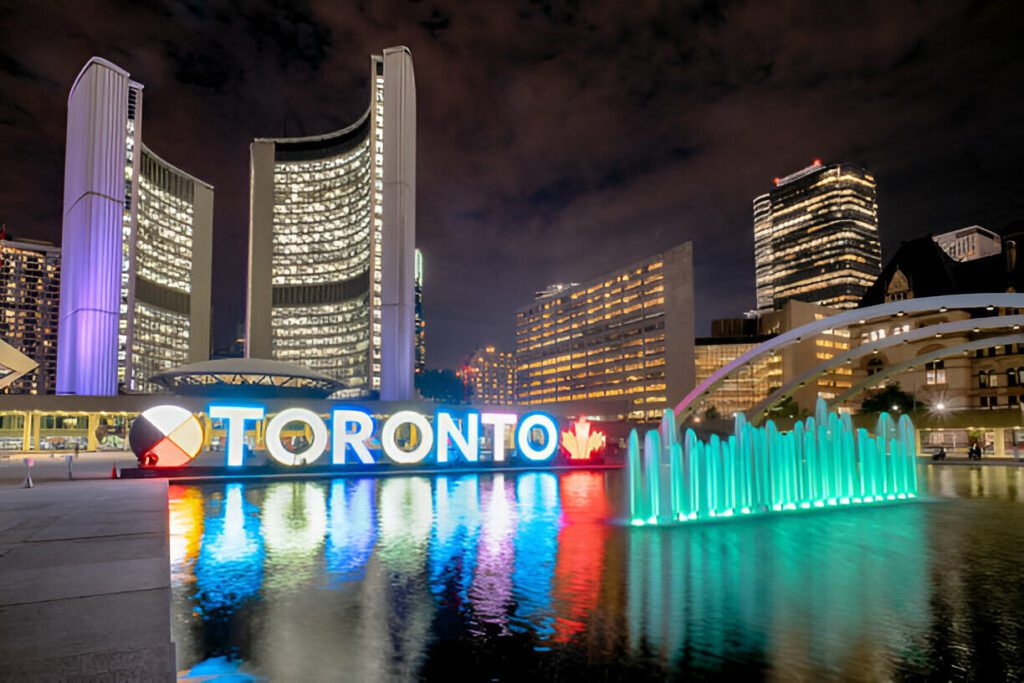
Toronto is a multicultural hub and one of Canada’s largest cities. I gotta say, even though it’s a major city with some grittier parts, it’s still a striking place. The superb skyline, led by the iconic CN Tower, hits you right away. You’ve got this wild combo of modern architecture and historic architecture, all sitting by a scenic waterfront along Lake Ontario.
It’s located in the province of Ontario, right on the northwestern shore of Lake Ontario. It was established as the town of York in 1793, then renamed in 1834. With a population of 2.9 million, the city’s famous for its multiculturalism and big-time economic significance.
I spent a fun three days here and wow — I really got into it. I explored the towering CN Tower and saw those breathtaking city views from way up top. Then I visited the world-class cultural institutions like the Royal Ontario Museum and the Art Gallery of Ontario. Super inspiring.
I strolled through the historic Distillery District, and the place was alive with cafes, art galleries, and quirky shops. I also shopped and dined at the bustling St. Lawrence Market, then relaxed on the Toronto Islands, catching those chill beaches and perfect skyline views. I also discovered the cool neighborhoods of Chinatown and Kensington Market where I browsed vintage stores for hours. It felt like a smaller version, just cleaner and tidier, than New York.
- Location: Ontario
- Map Location
- Best time to Visit: late spring to early fall
Favorite highlights…
- Wandering around Toronto Island Park, walkinMaid of the Mist boat tour those scenic trails, finding small beaches, and stopping by the family-friendly Centreville Amusement Park — super relaxing.
- Hanging out at Cineforum, where this local eccentric, Reg Hartt, showed short films and animations right in his living room. Dude talked about his colourful party lifestyle with a can of beer in hand — wild but fun.
Niagara Falls
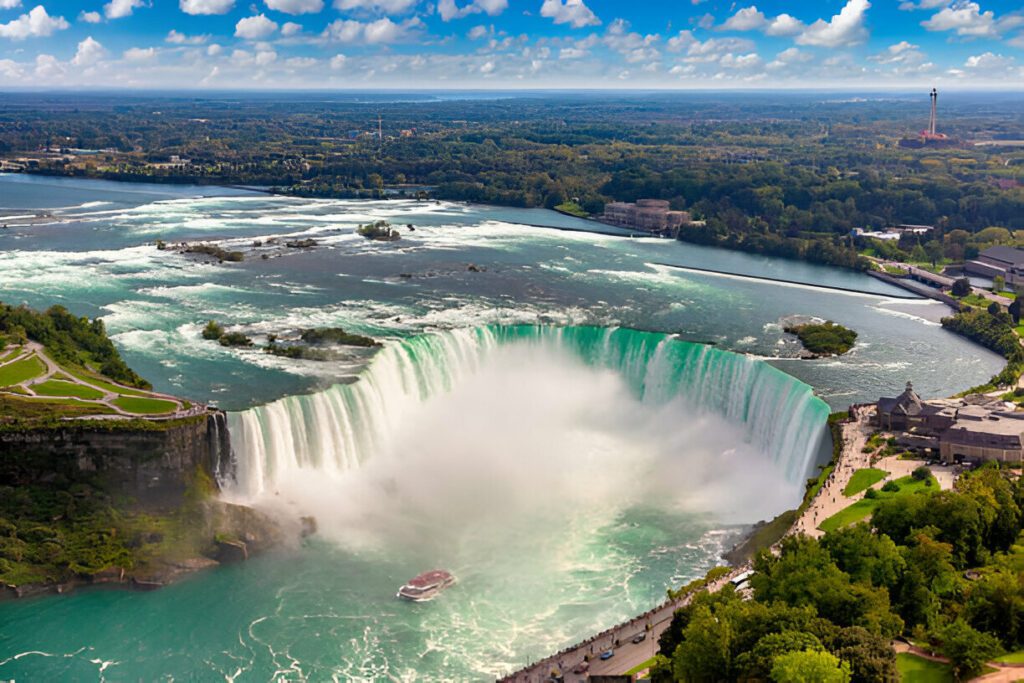
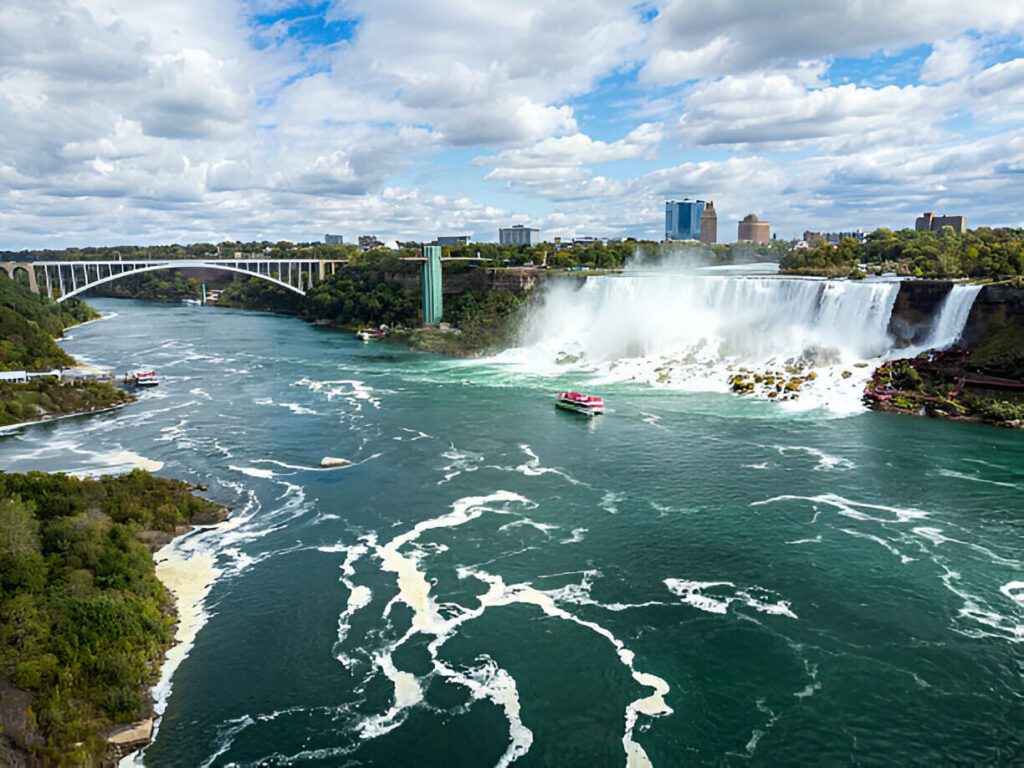
Niagara Falls is one of those famous waterfalls on the planet that lives up to the hype. Not gonna lie, it’s a bit touristy, but the awe I felt standing near those immense cascades of water was unreal. I saw stunning rainbows shining through the perpetual mist, all with a dramatic natural backdrop. It felt so powerful and honestly kind of mesmerizing.
It’s located along the Niagara River, which forms the border between New York State, United States, and Ontario, Canada. The falls were formed about 12,000 years ago, way back during the last Ice Age. They comprise three sections: Horseshoe Falls (the largest, 188 feet high), American Falls (110 feet high), and Bridal Veil Falls (the smallest, 70 feet high).
I took a two hour drive from Toronto and spent a wild two days here. I experienced the thunderous power of the falls up close on the Maid of the Mist boat tour. Yeah, I literally let people pass me so I could get to the wettest spot — totally worth it! Then I walked behind the cascading waters during the Journey Behind the Falls tour. Wild feeling.
I also explored the interconnected trails at Niagara Glen Nature Reserve. The vibe out there was peaceful and green — total reset for the brain.
- Location: Between Ontario, Canada and New York State, New York
- Map Location
- Best time to visit: mid-May to mid-September
Highlights…
- The spectacular 360-degree views from the Skylon Tower. I went up to the observation deck, and then hit the dining area at the amazing Revolving Dining Room. No joke, the whole restaurant rotated 360 degrees every hour, so the view changed as I ate. Super cool.
Final Words for Visitors
Canada is full of breathtaking, scenic, and extraordinary places — each with its own vibe. From rugged mountain trails to peaceful coastlines, and from historic towns to wild natural wonders, every corner feels like a fresh discovery. Honestly, no matter where you go, it’s gonna leave you saying, “I wasn’t ready for how cool that was.”
So pack your bags, charge your camera, and hit the road. You just gotta see it yourself. No cap — this country hits different.
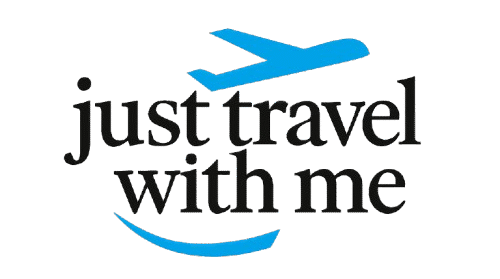
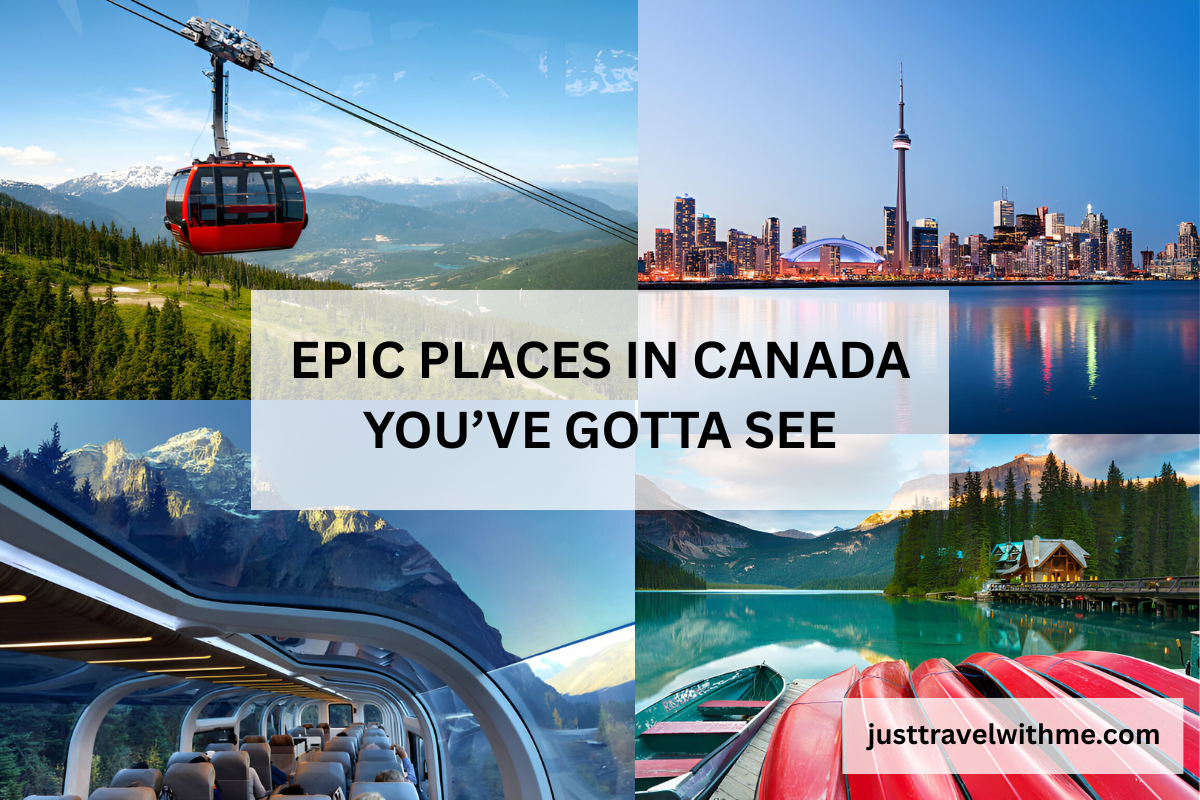
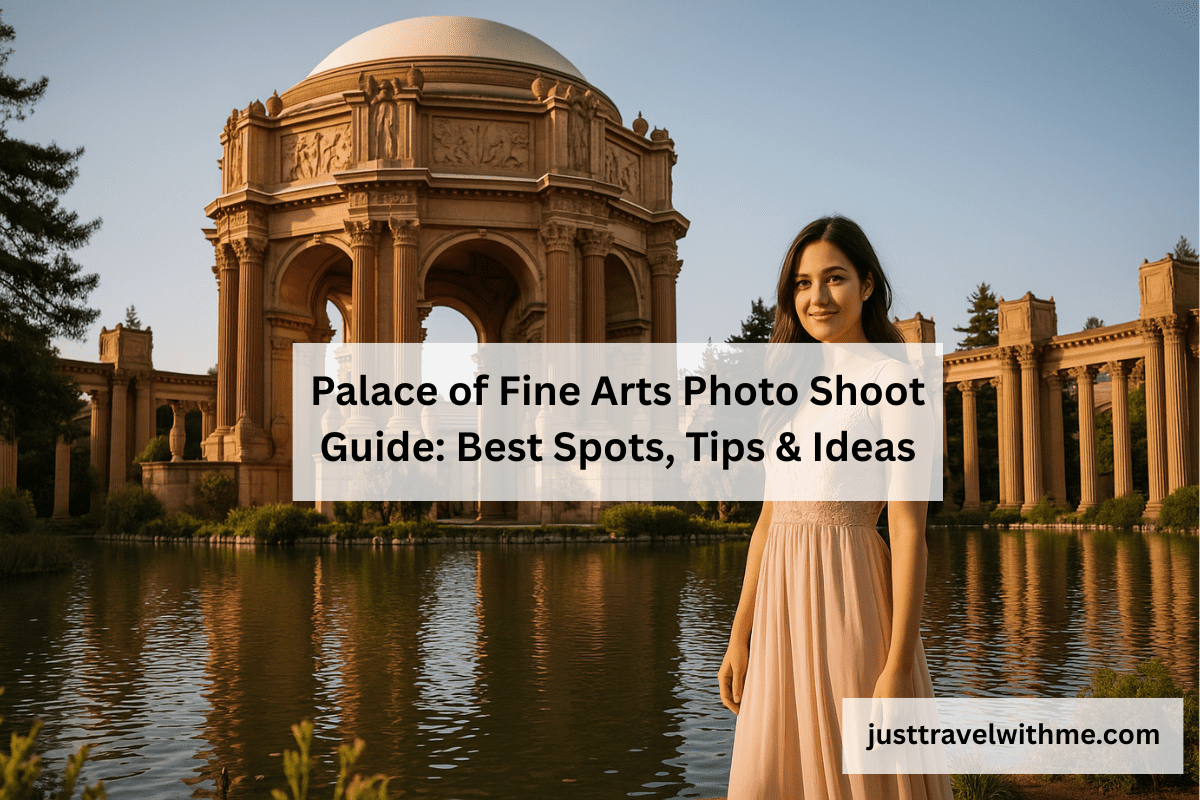

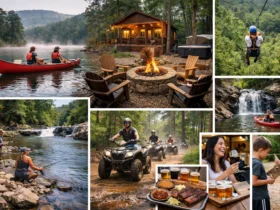
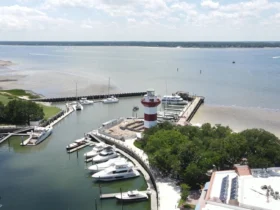
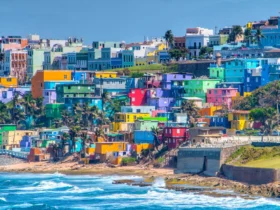
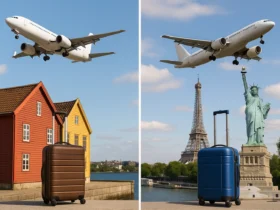

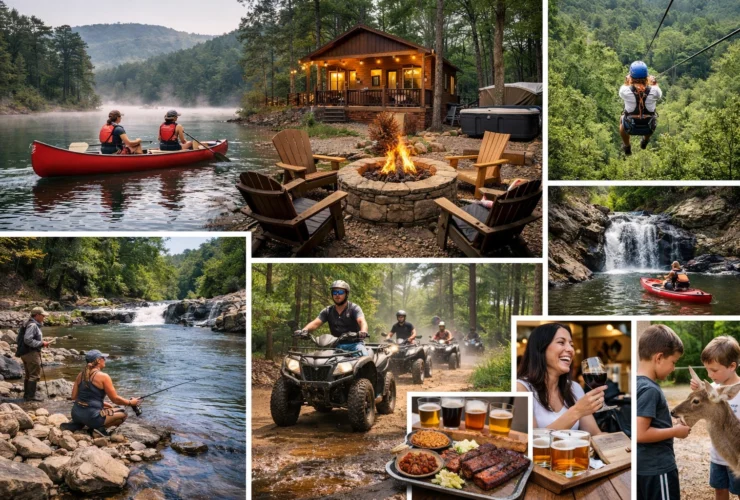
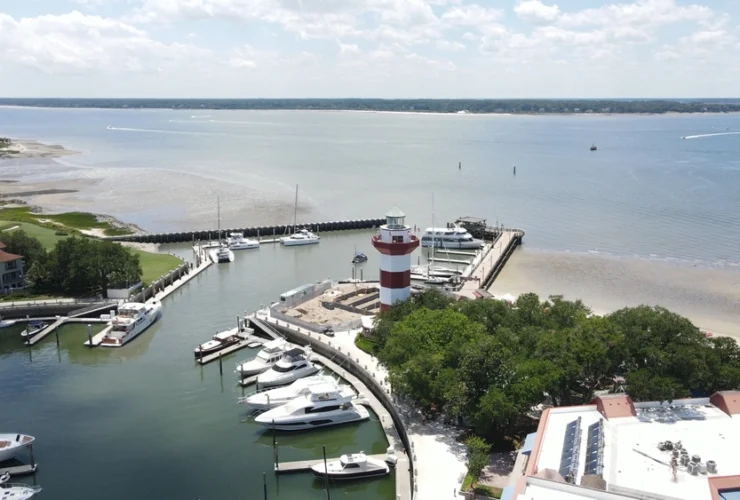
Leave a Reply
View Comments